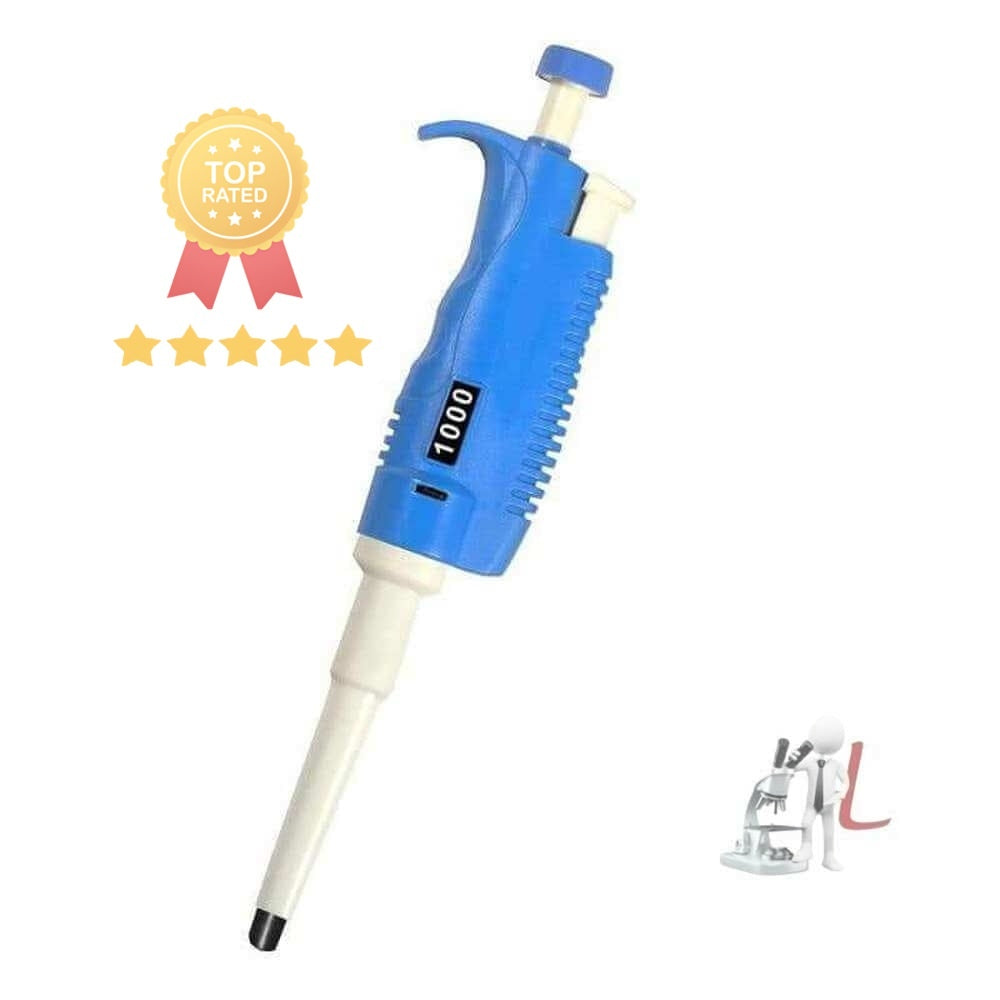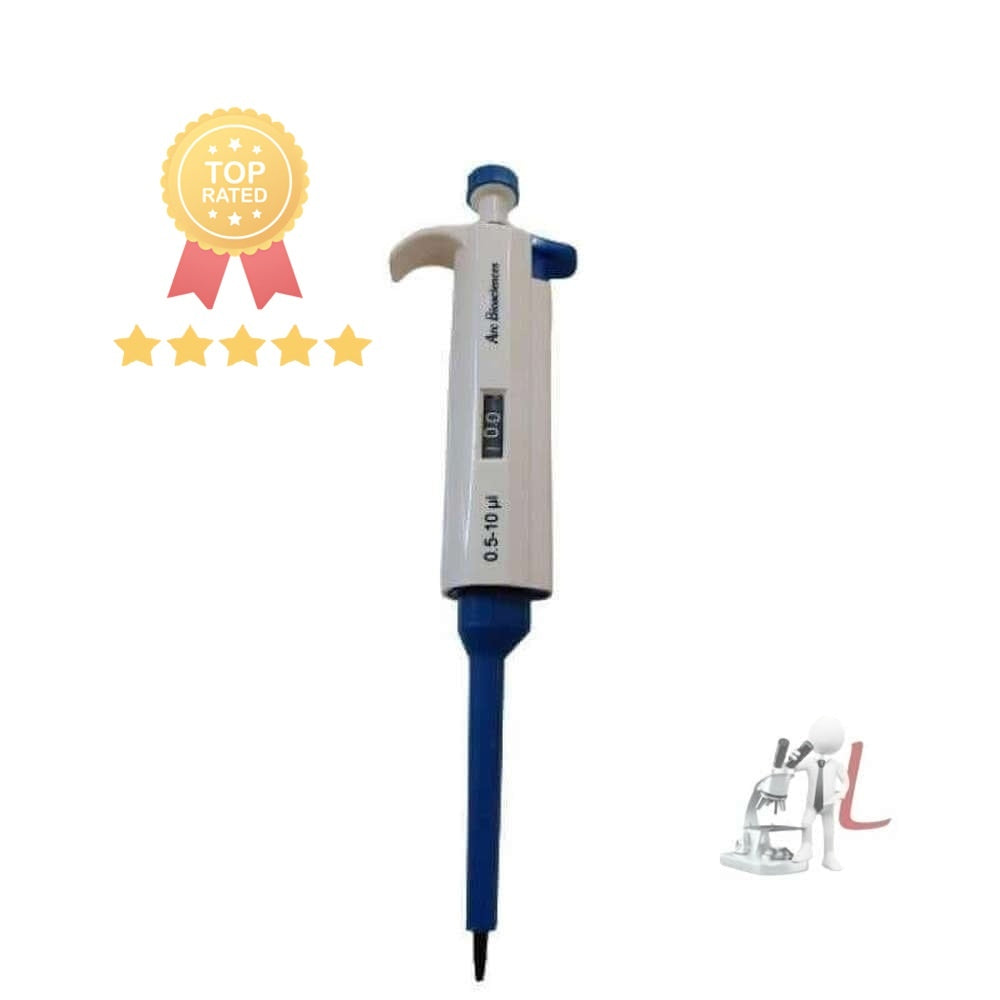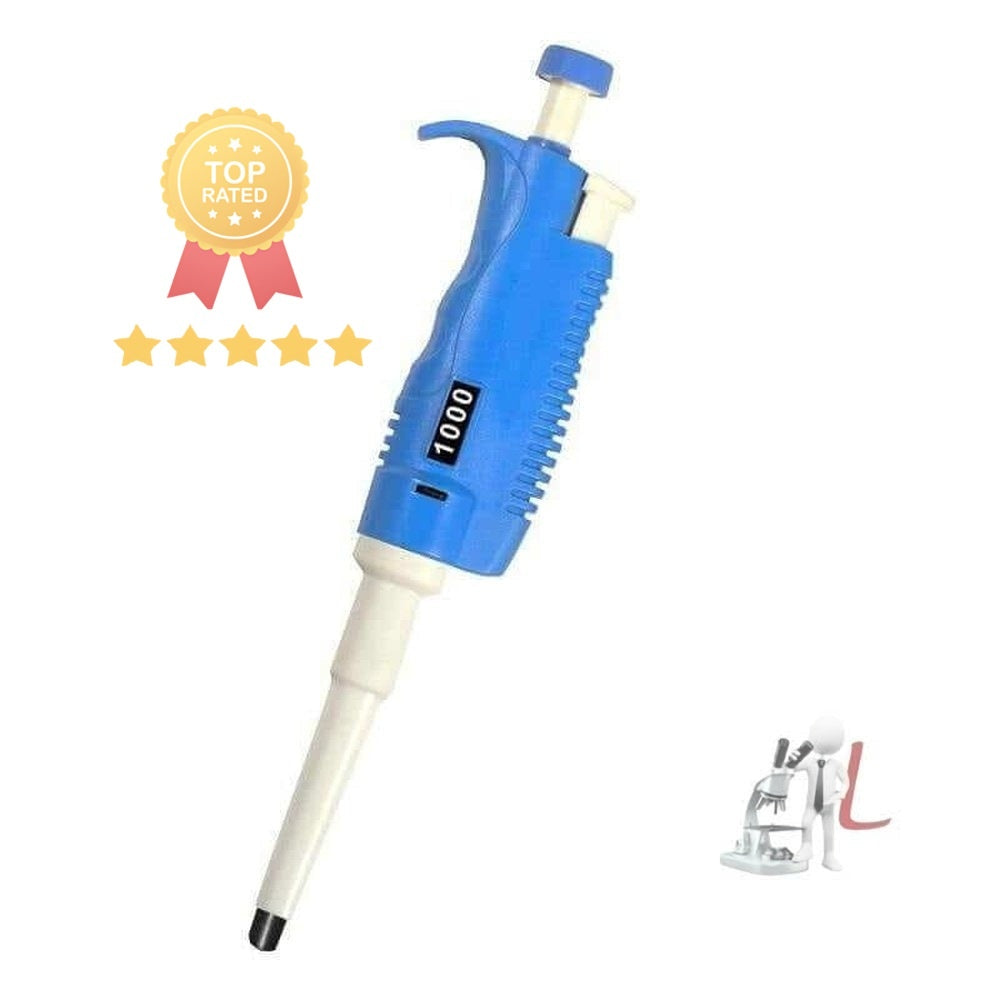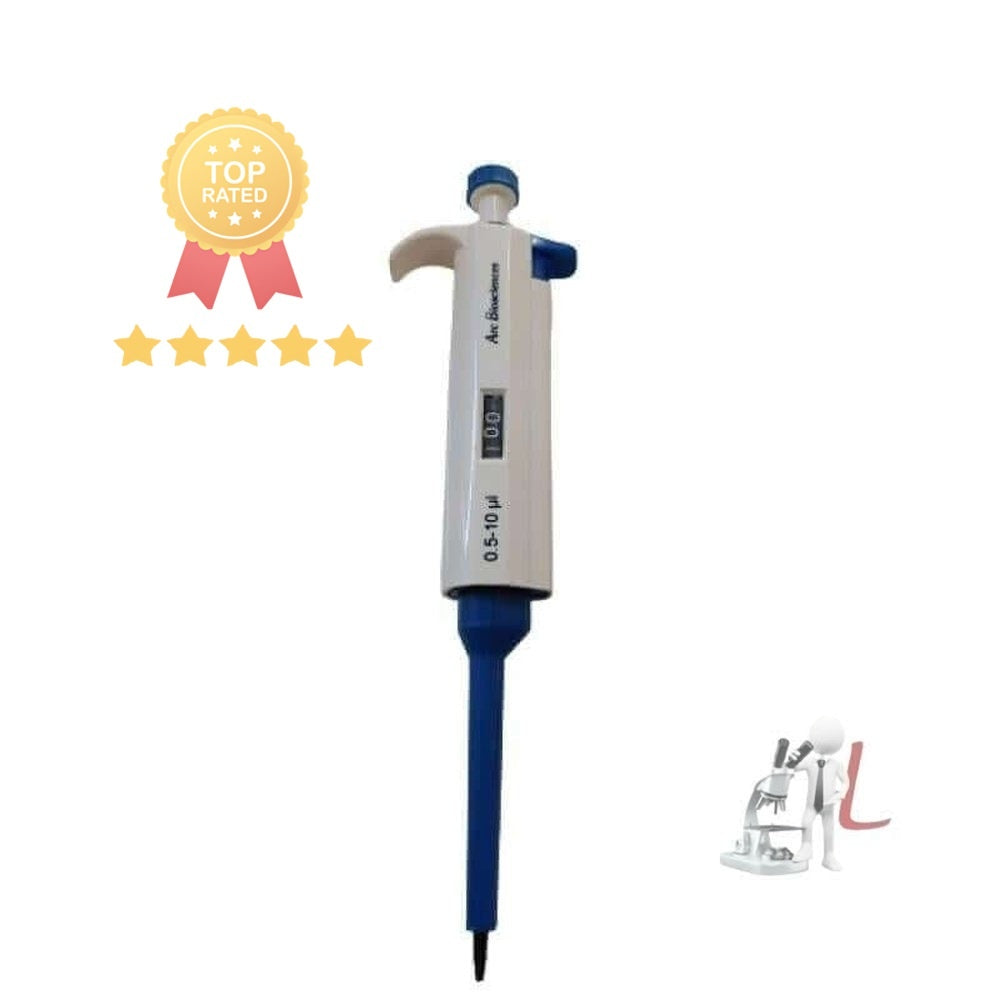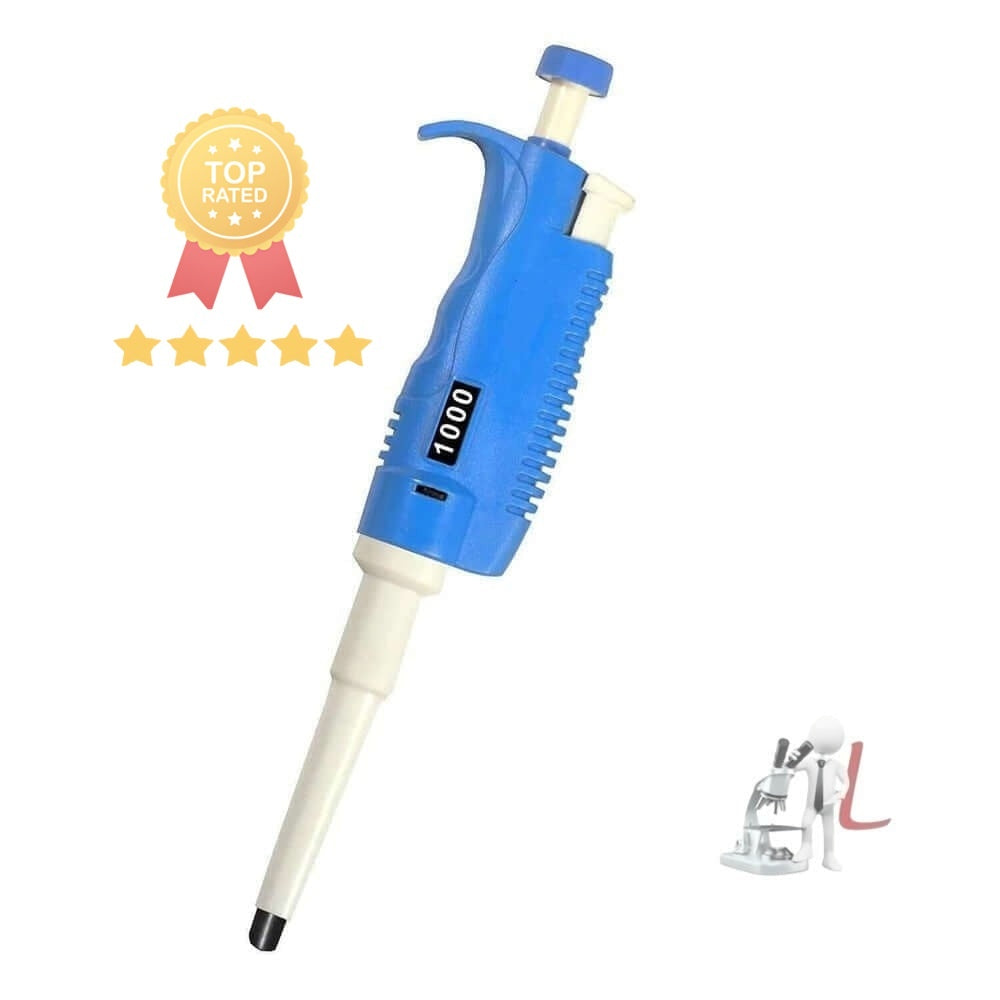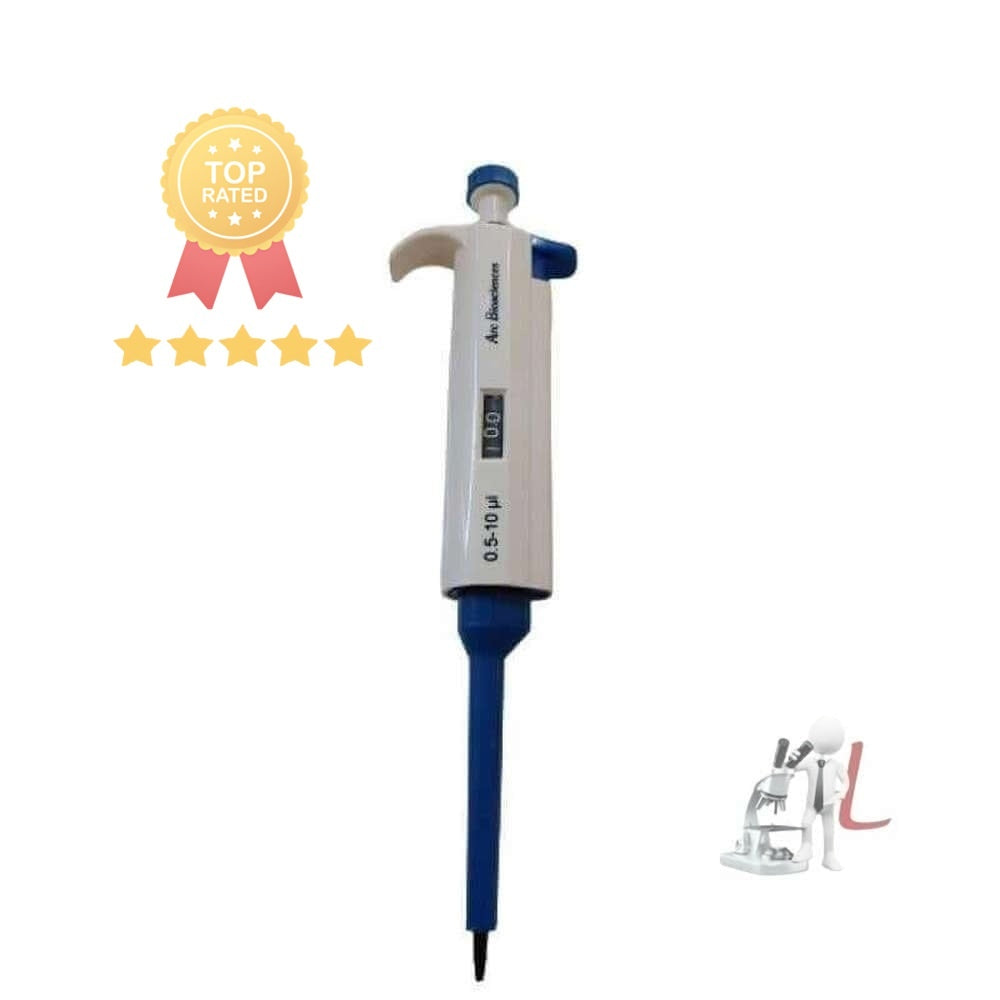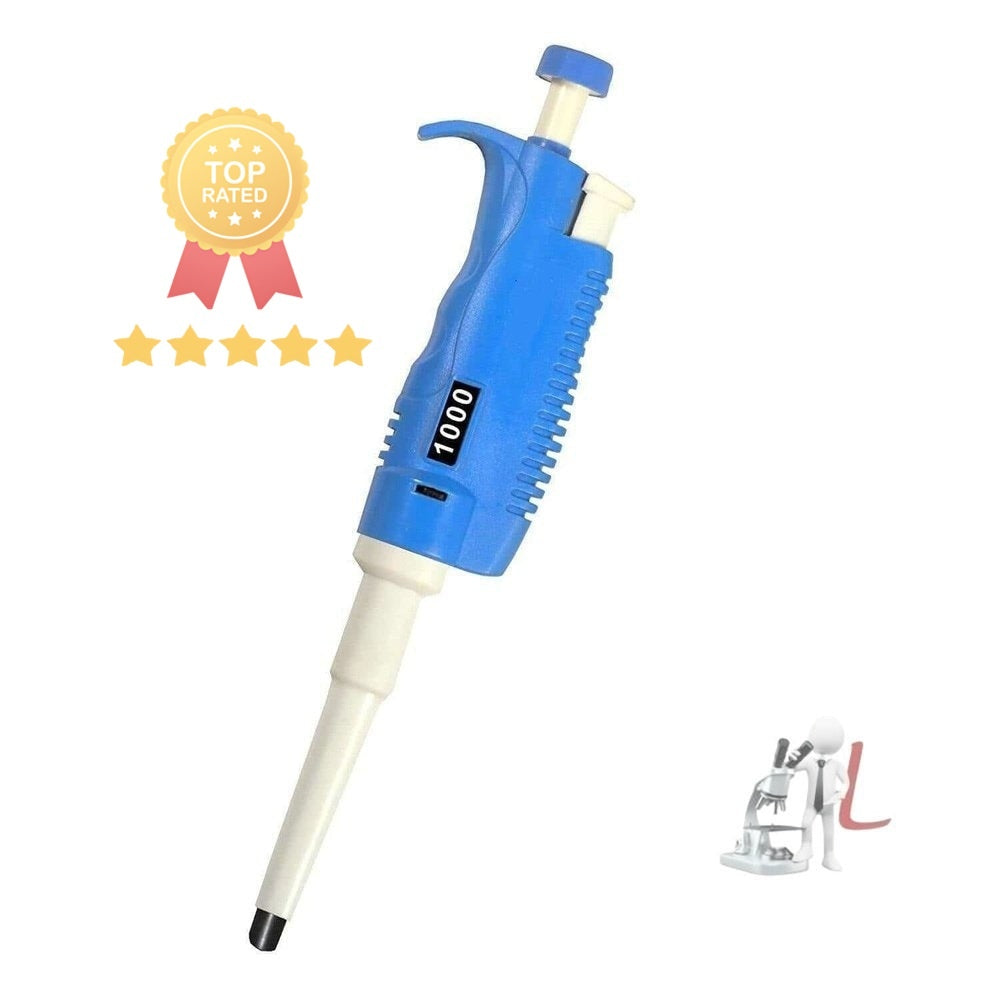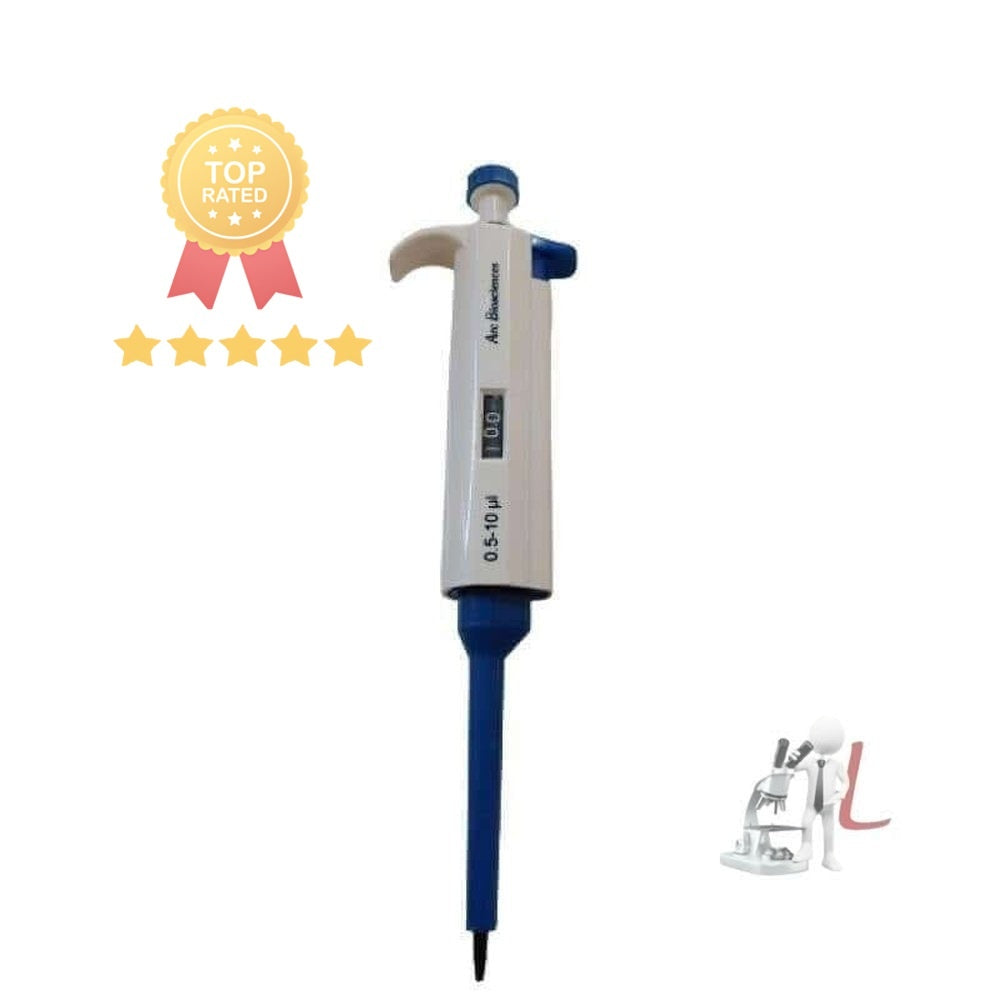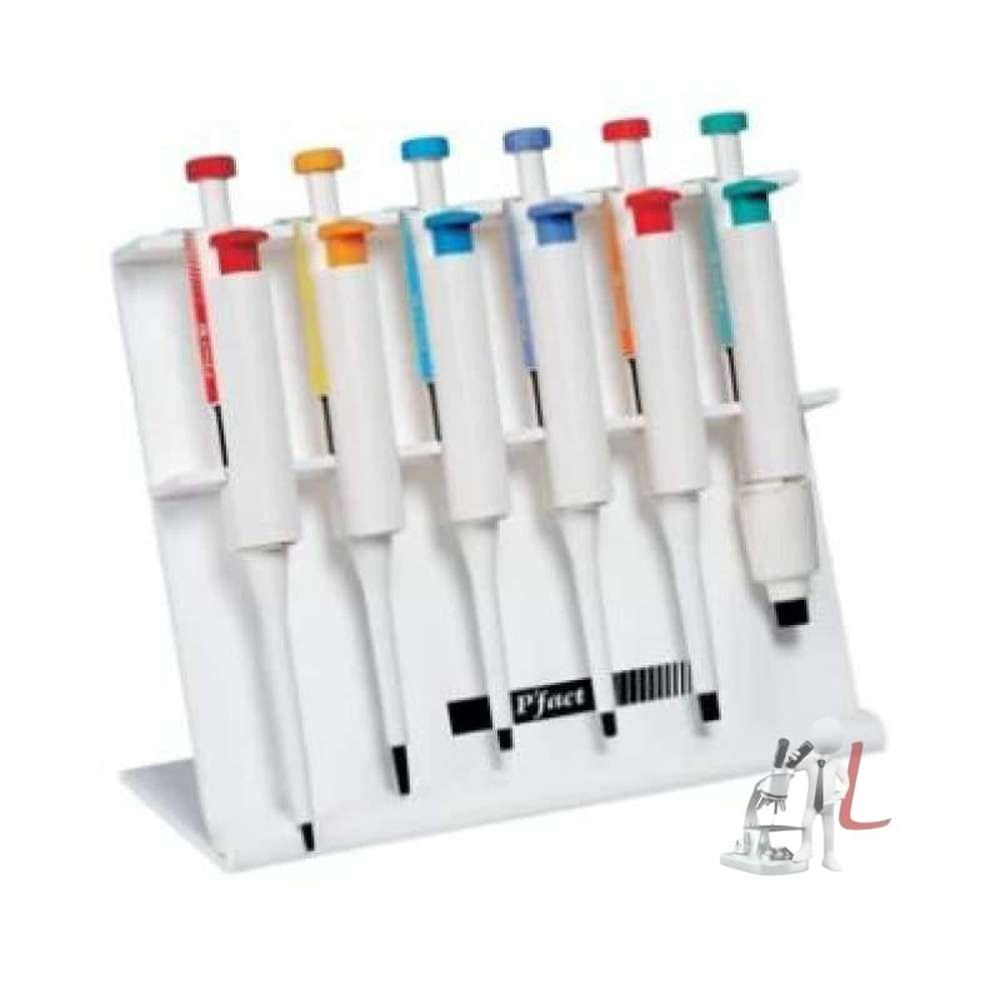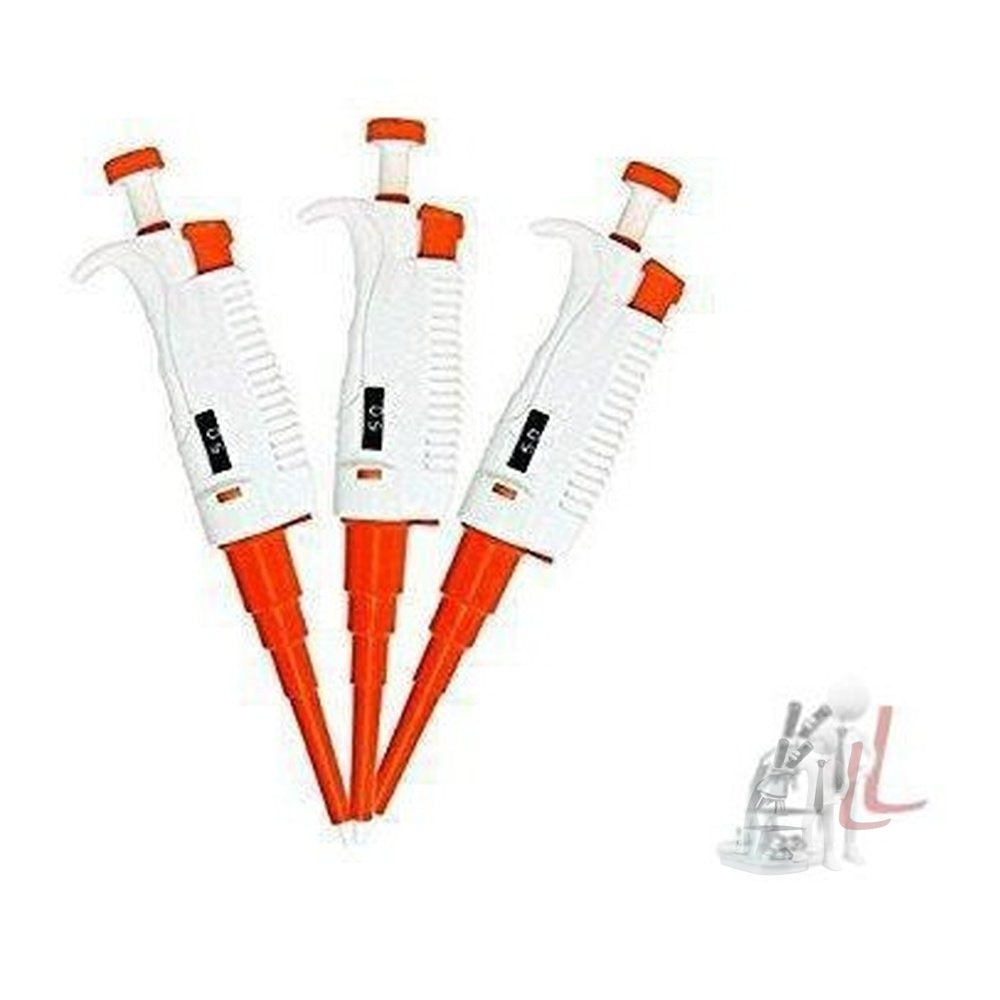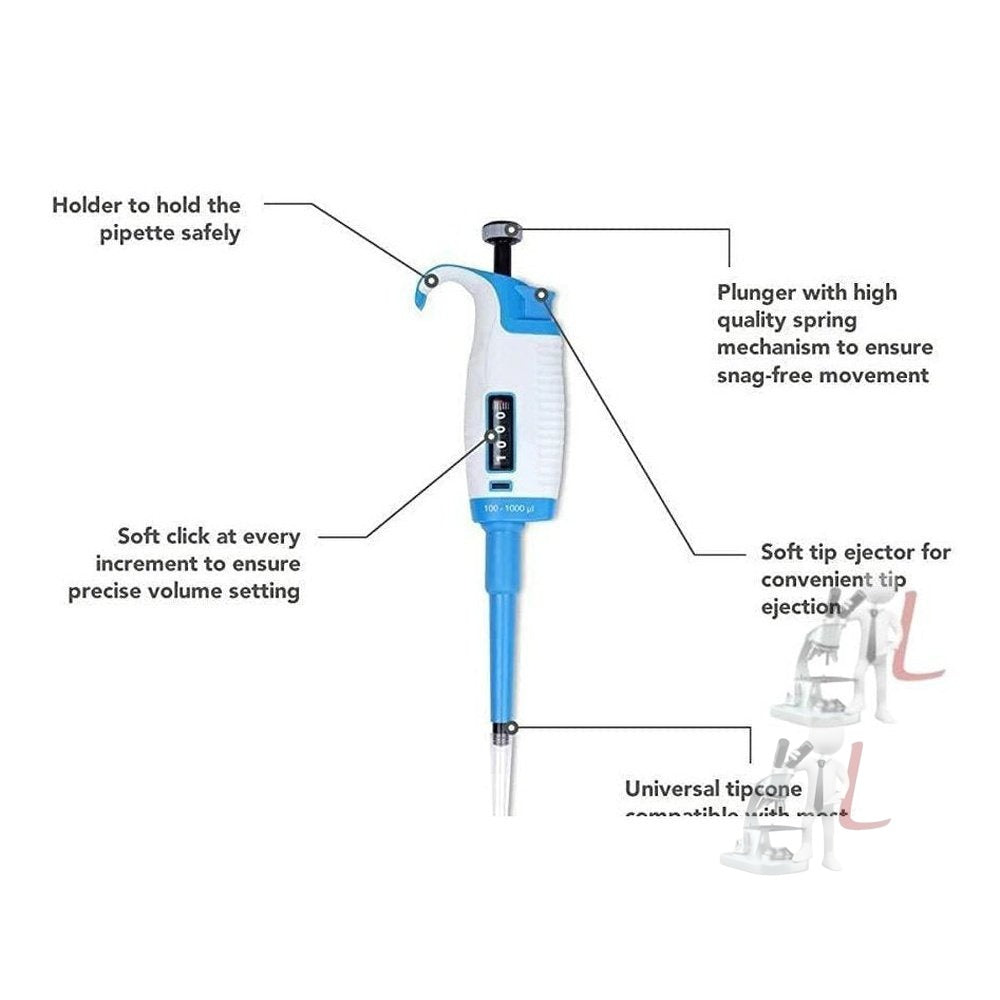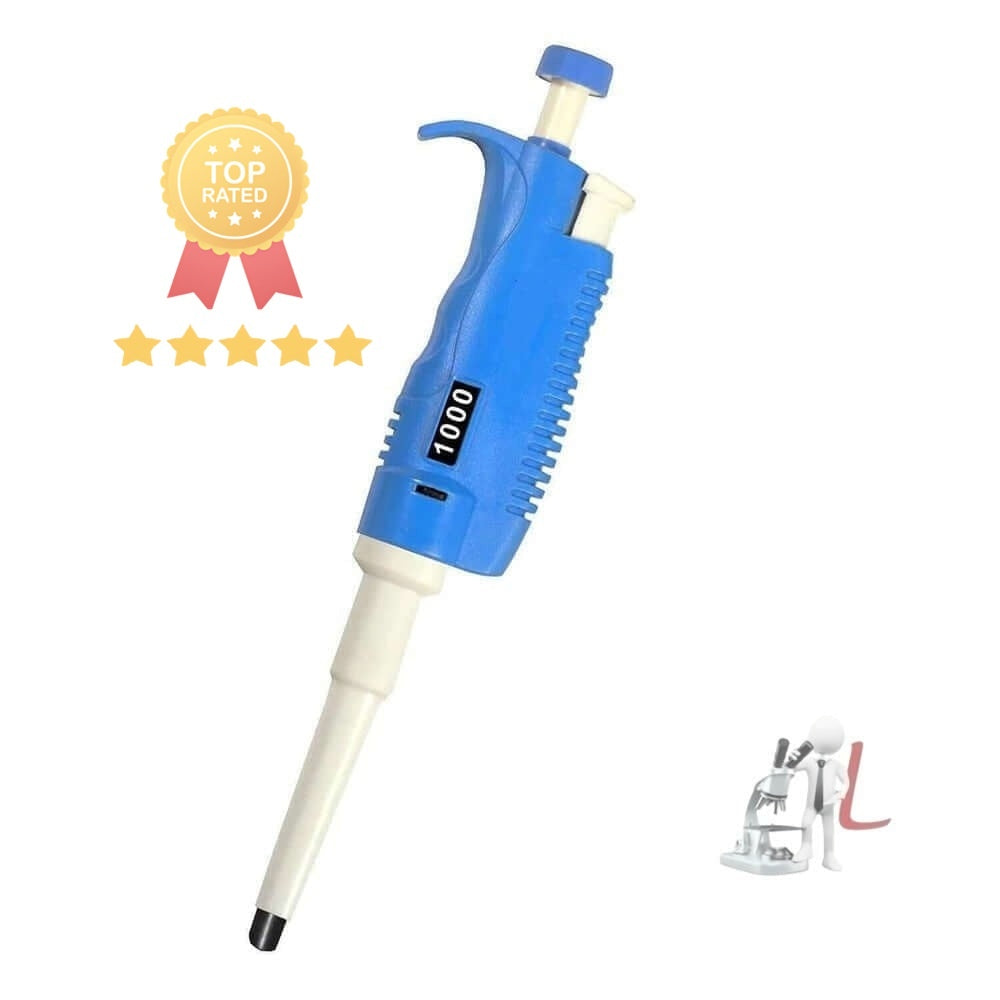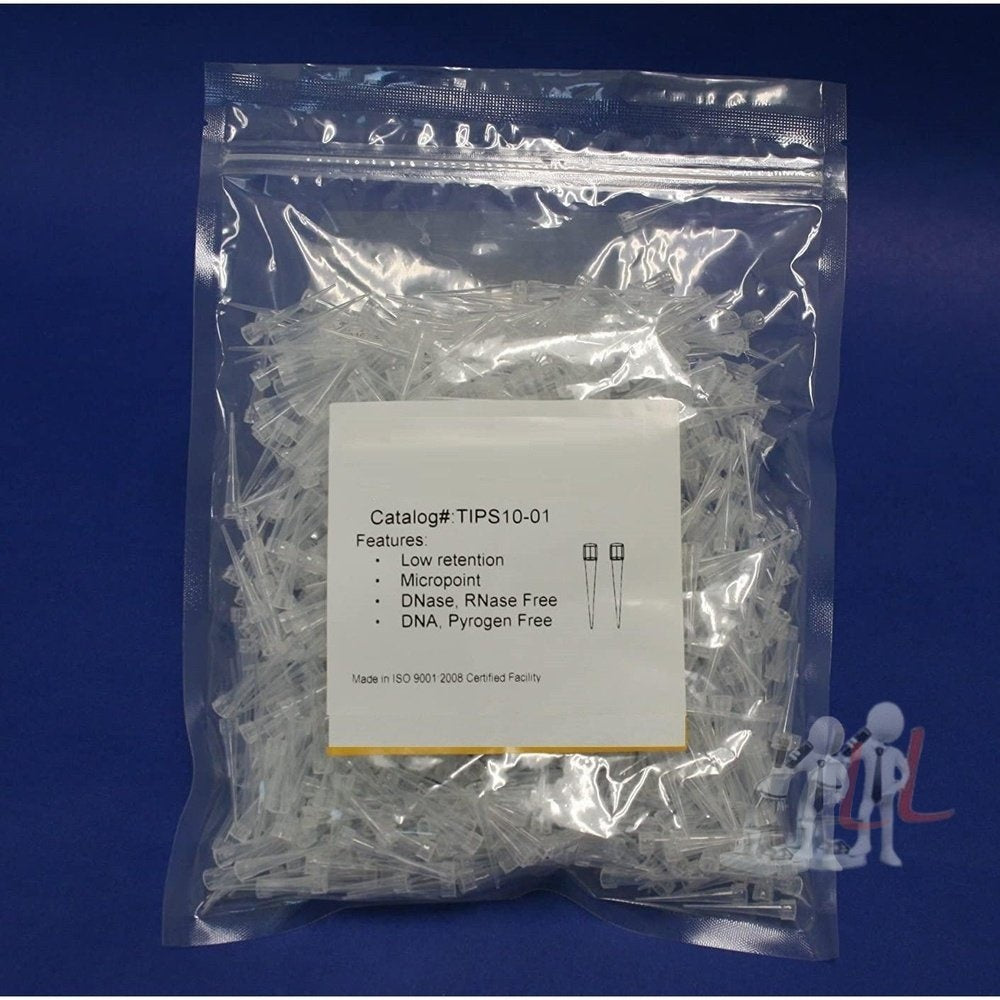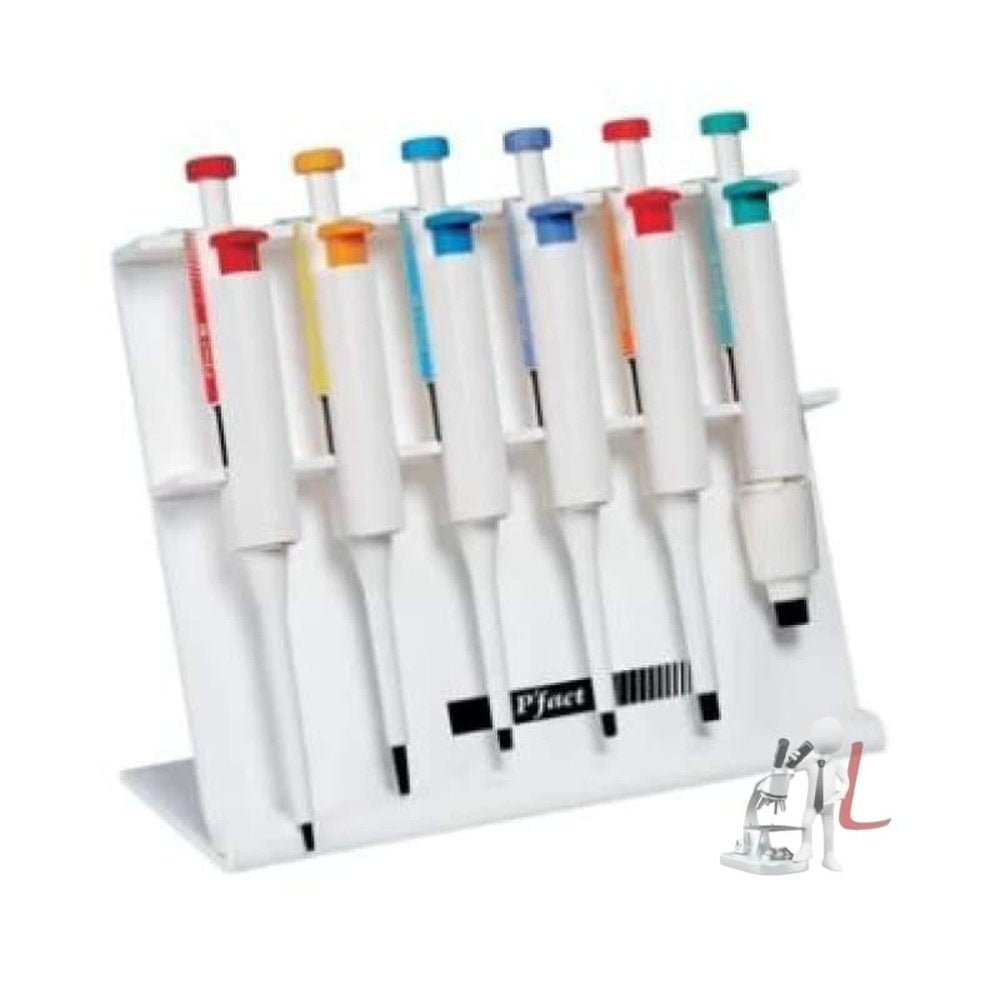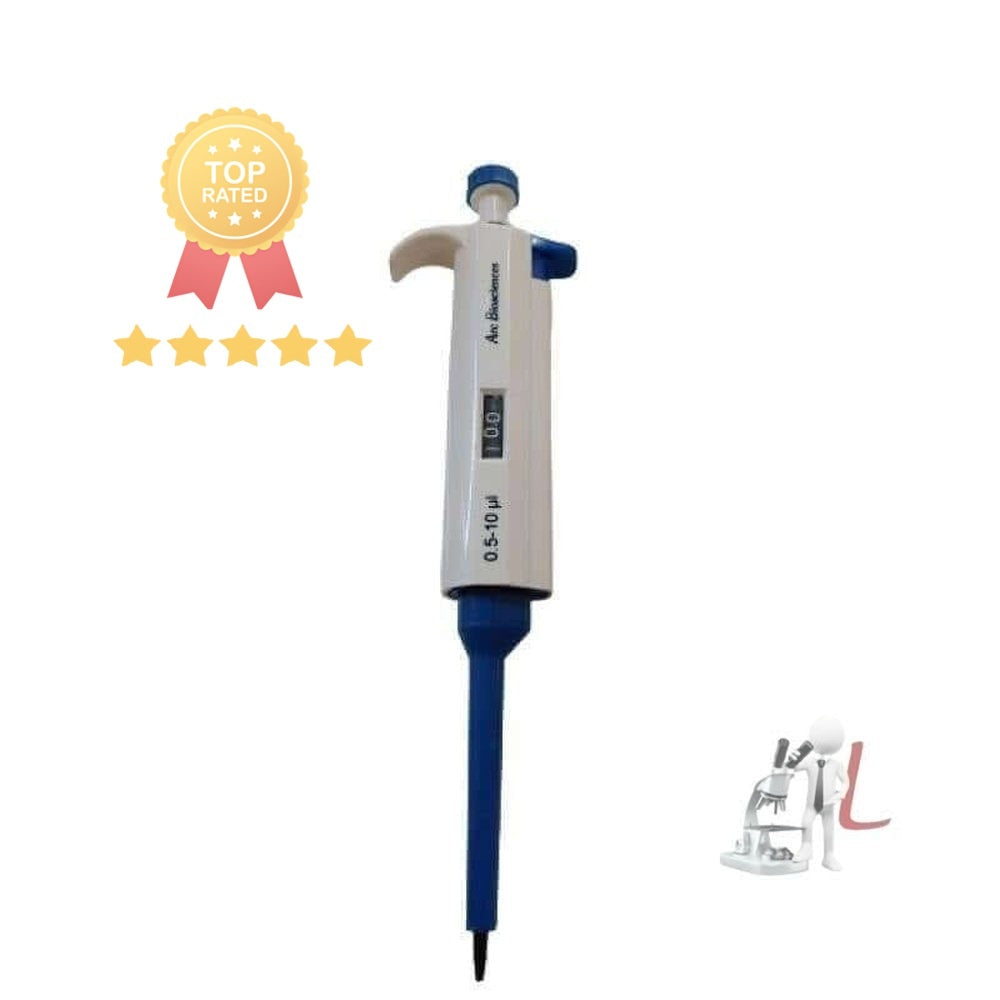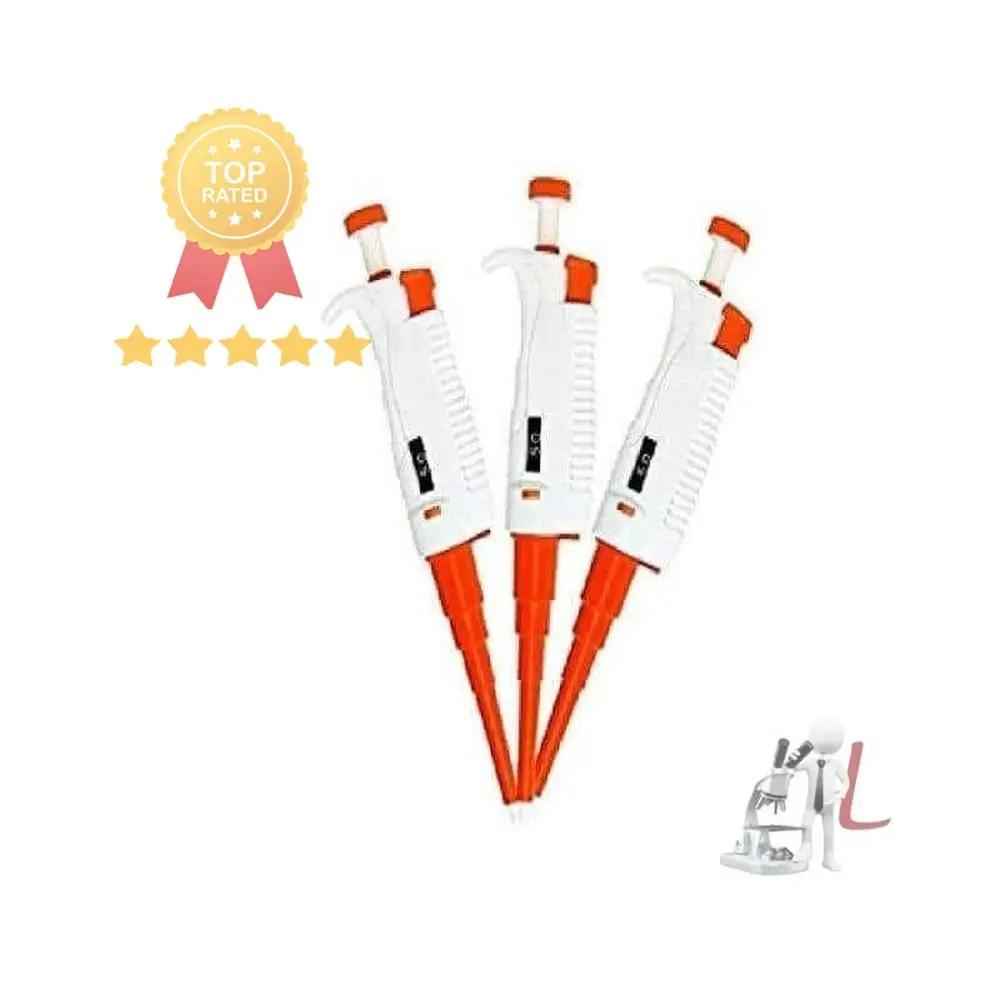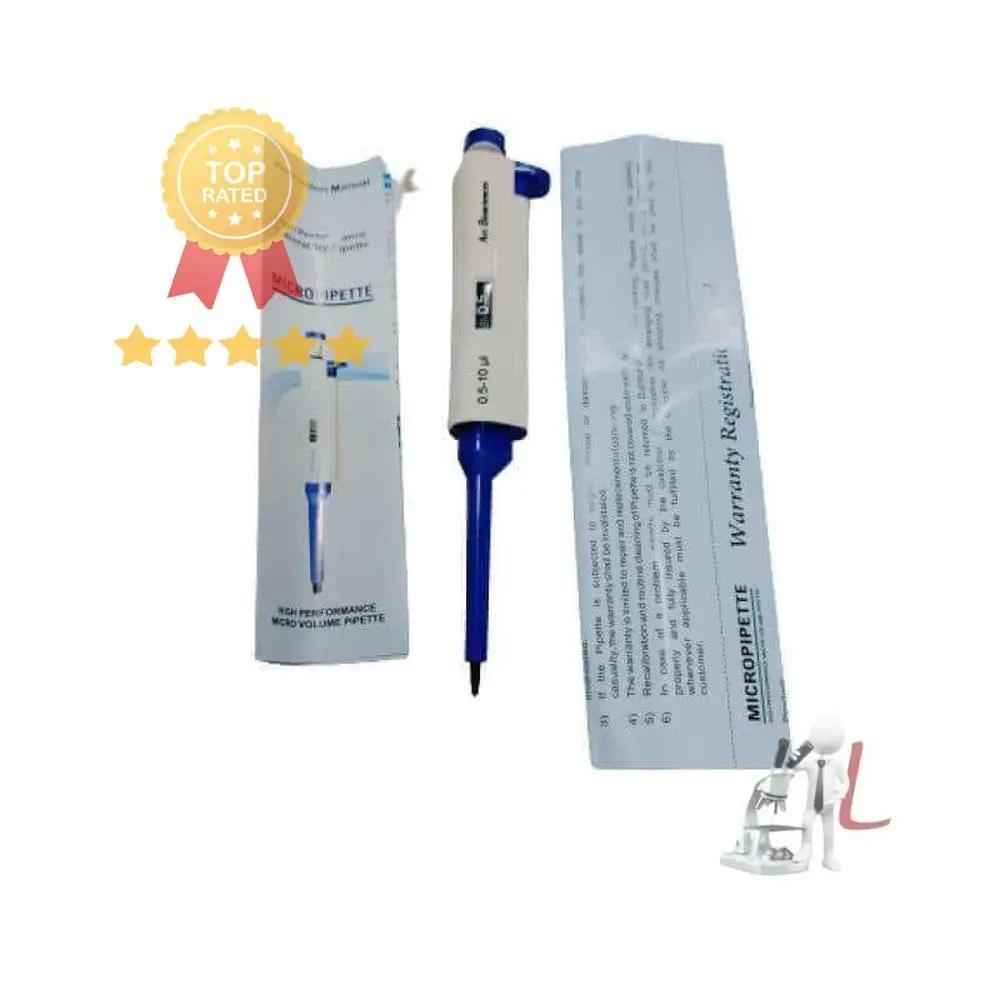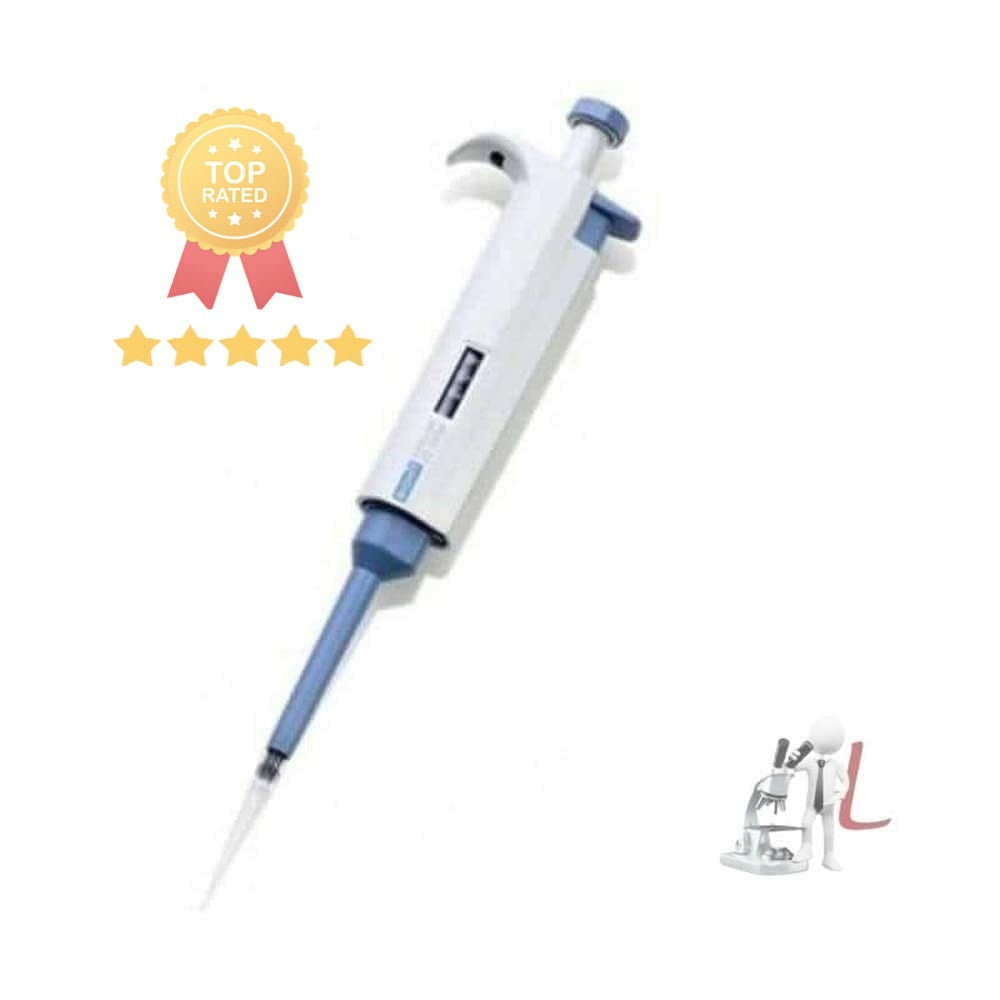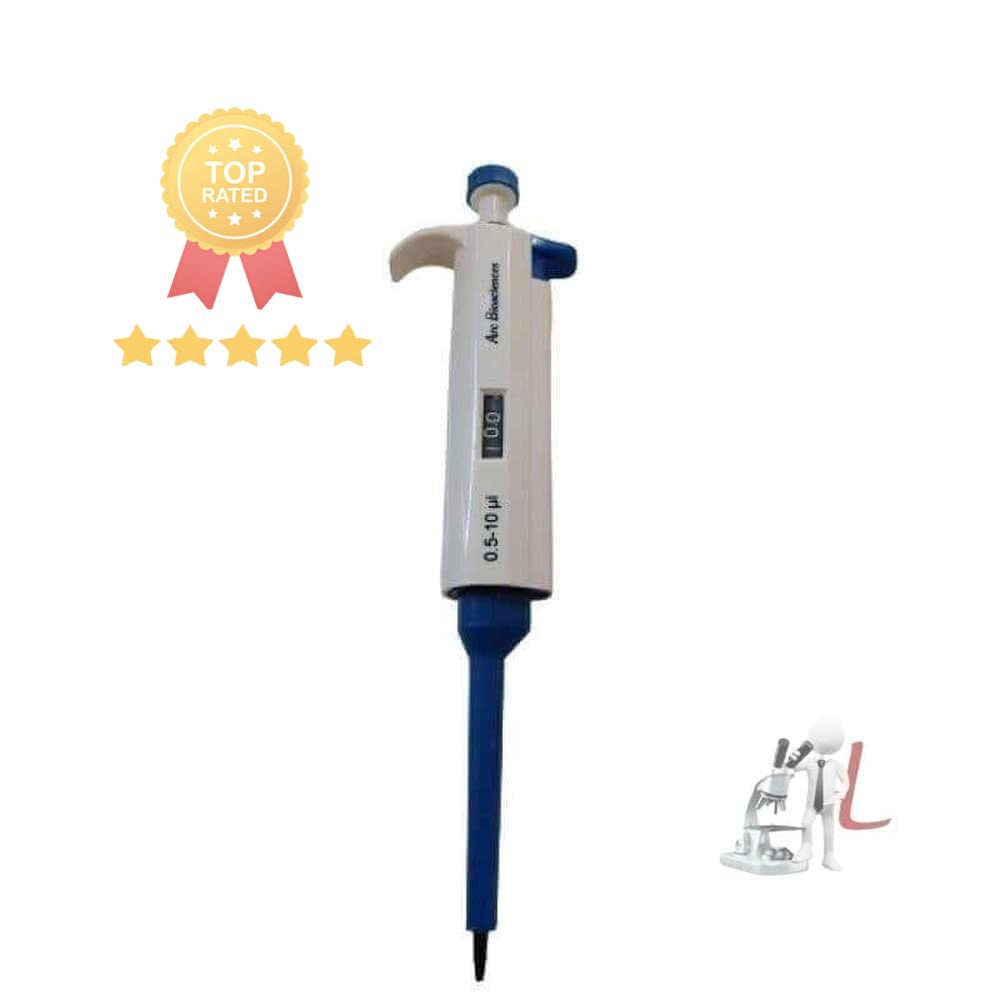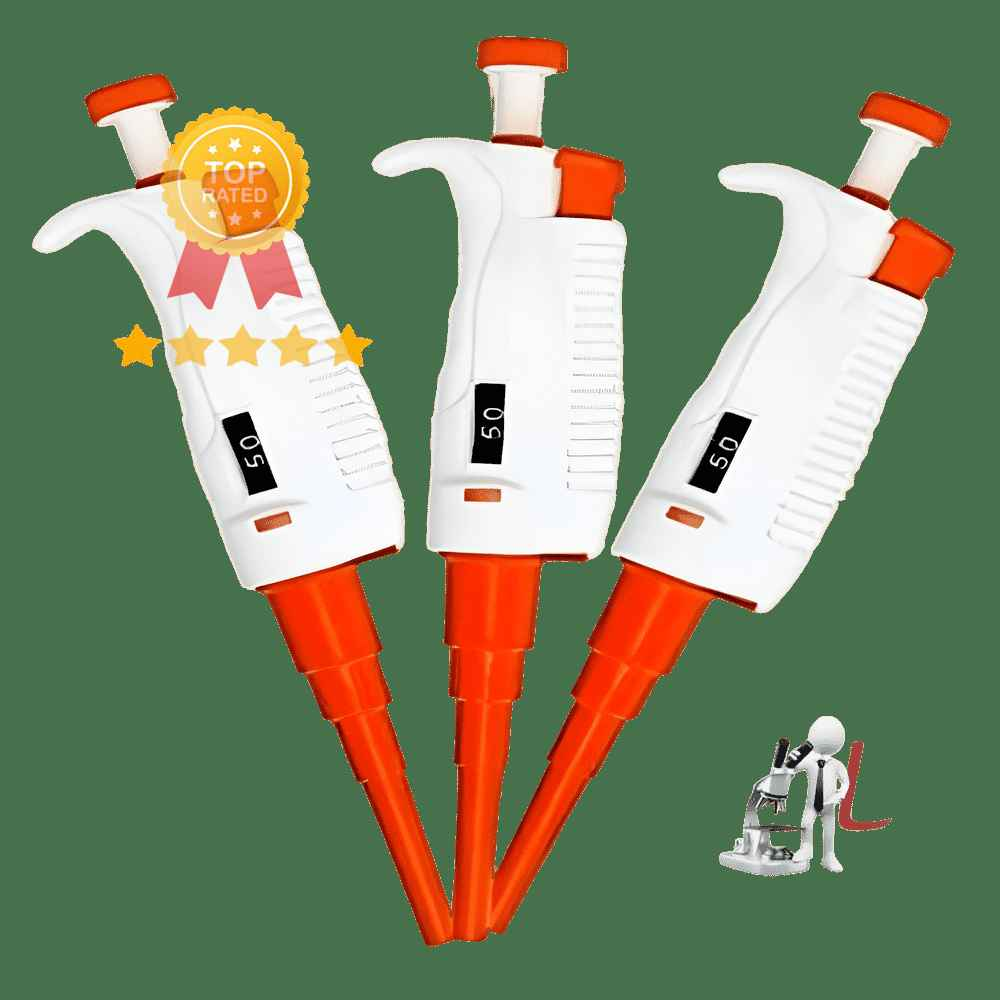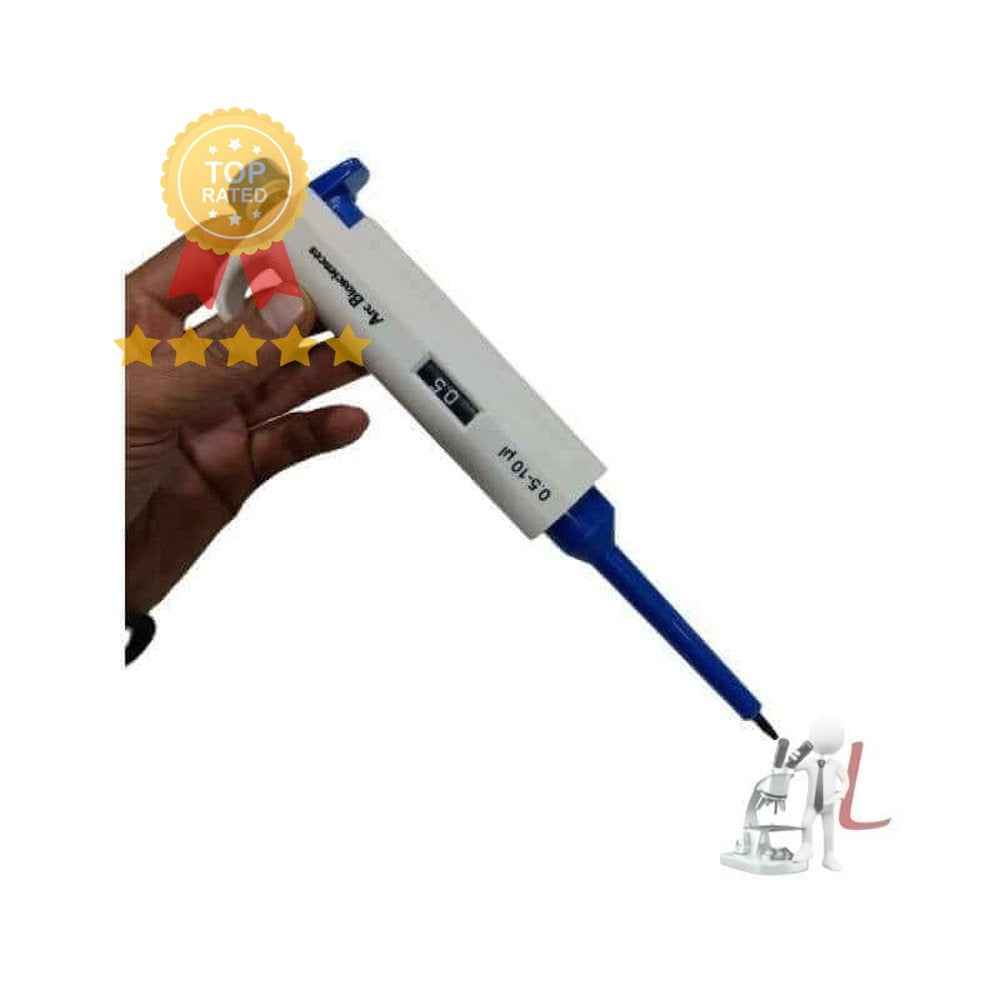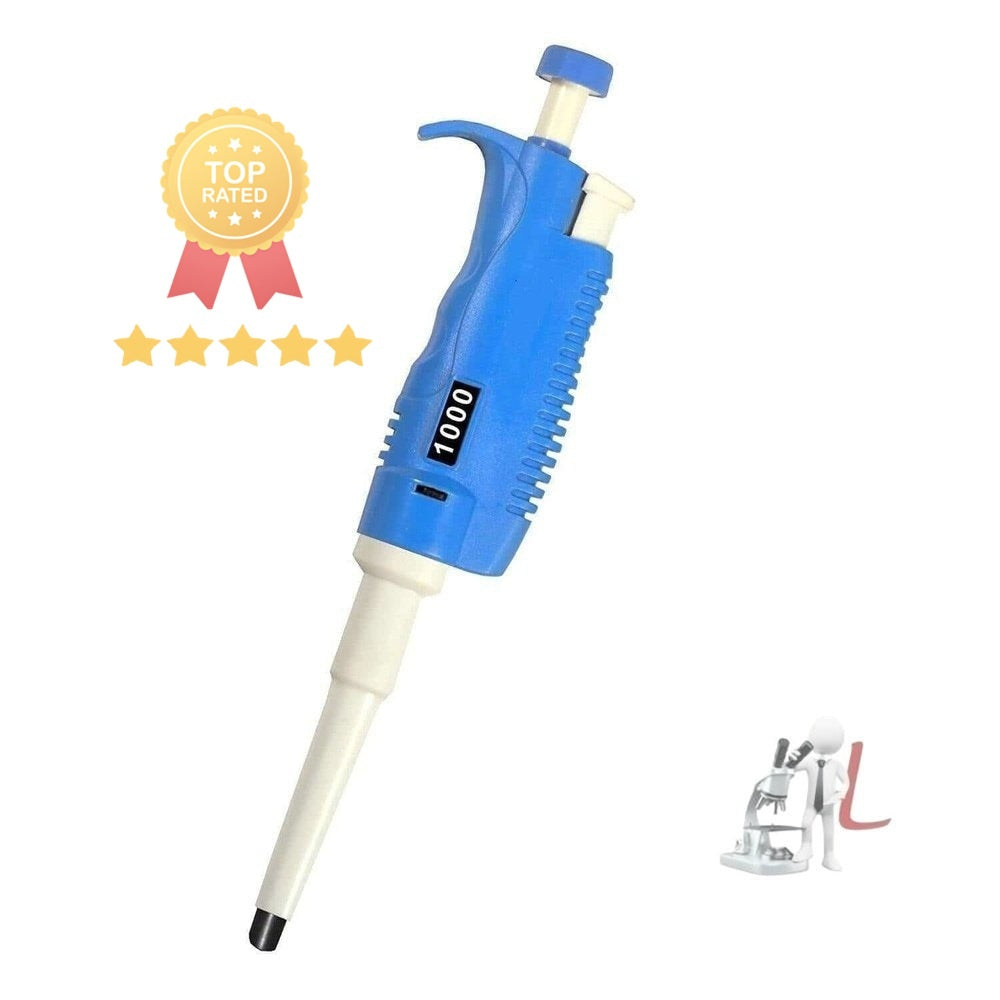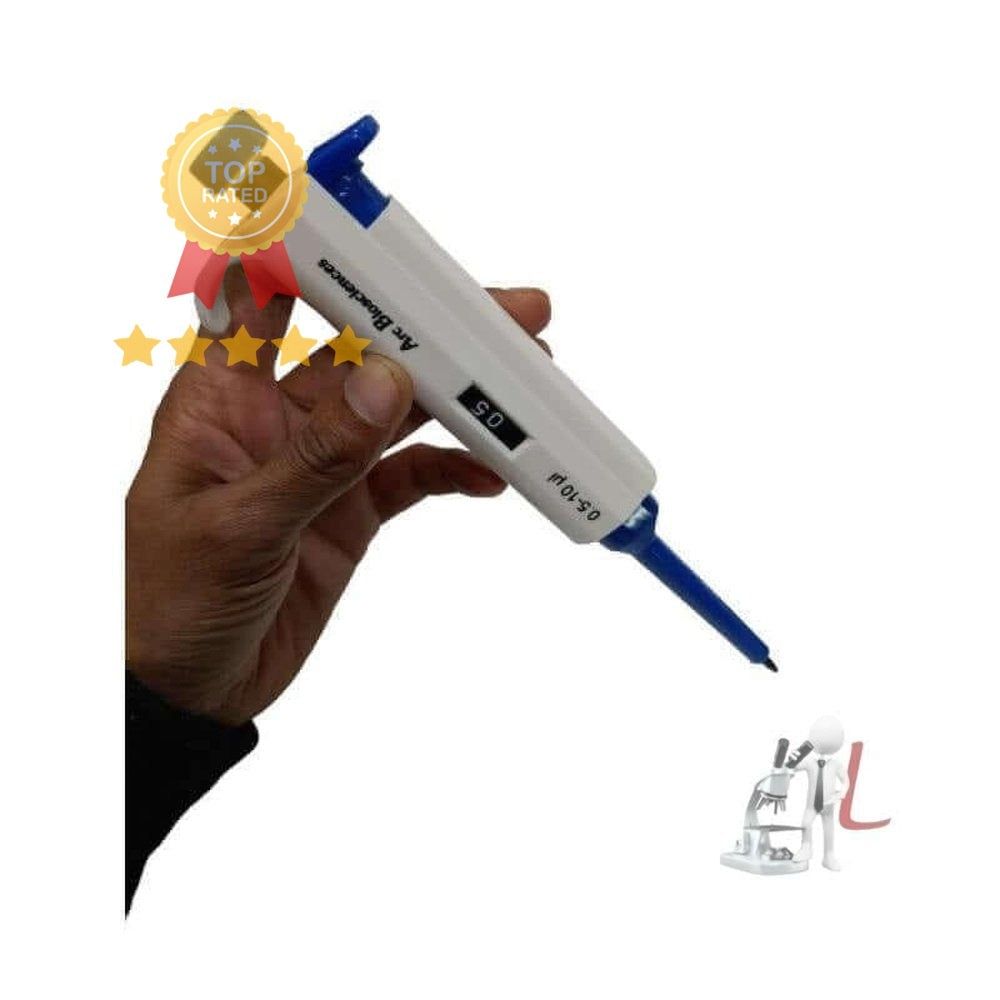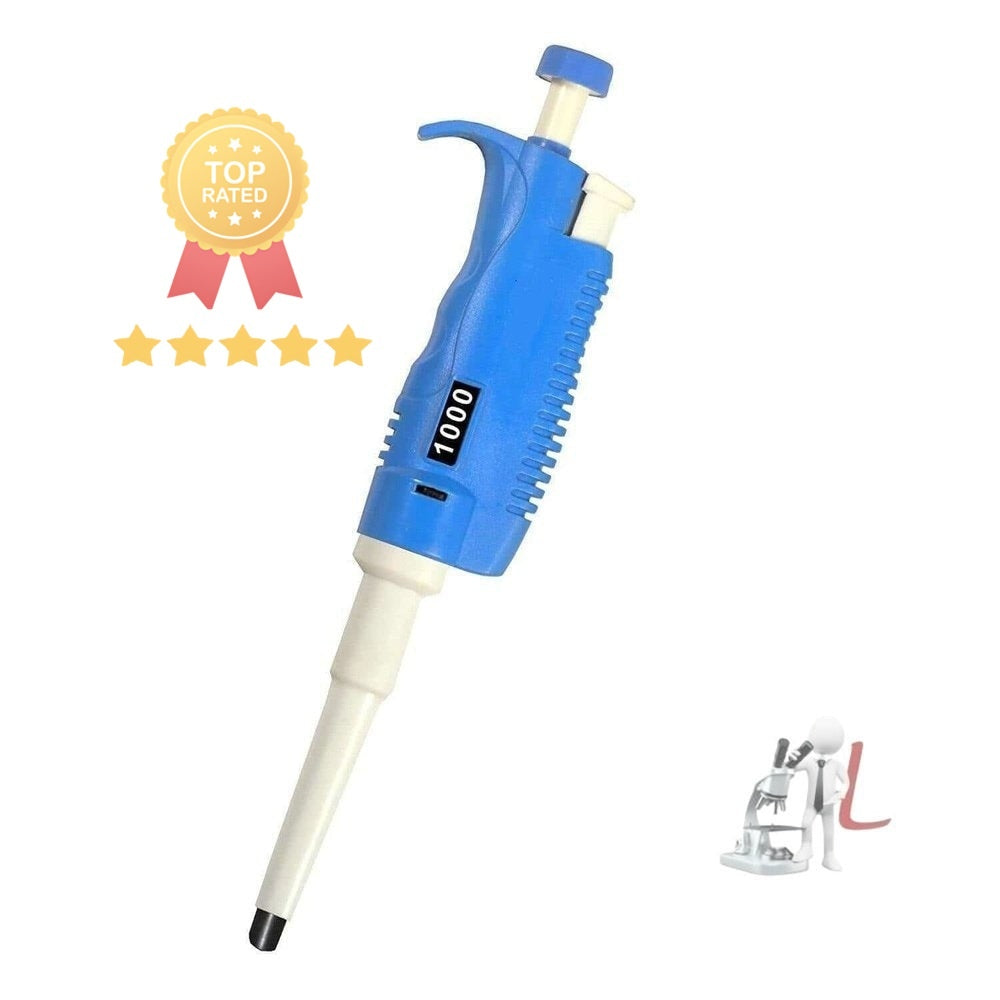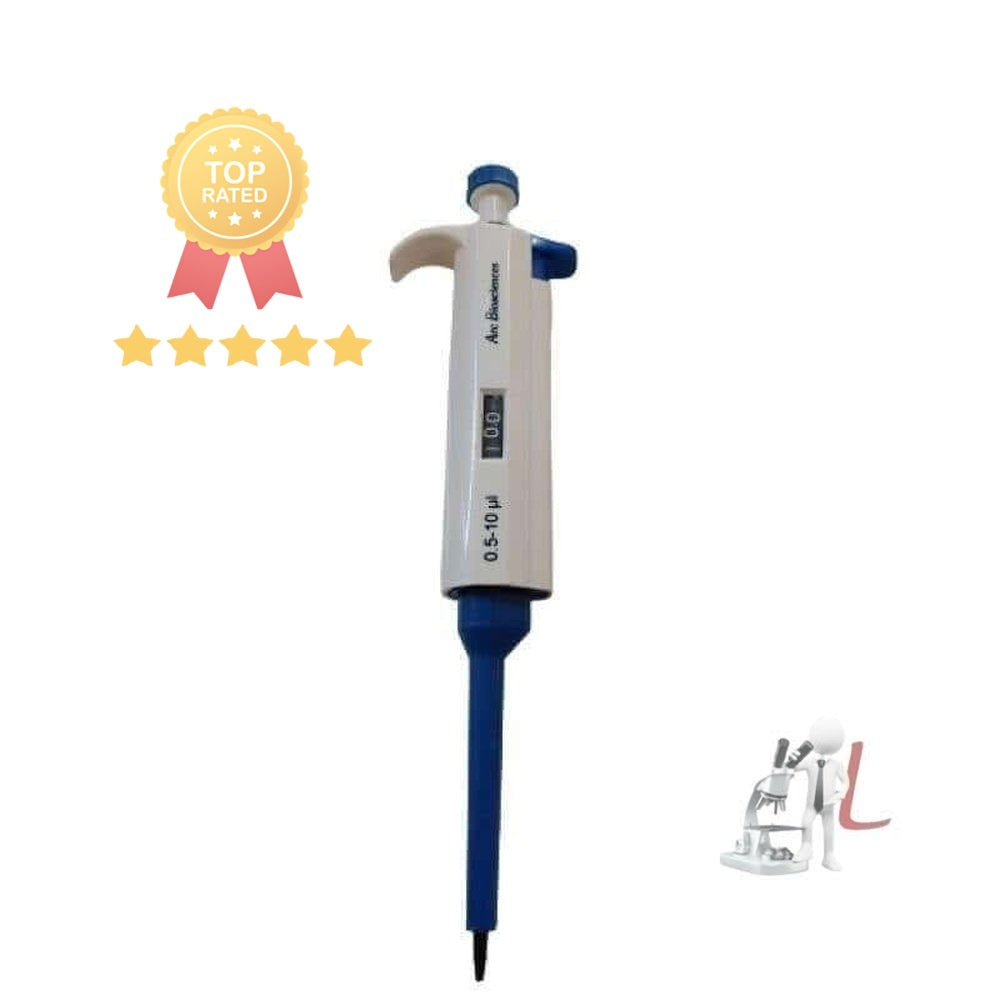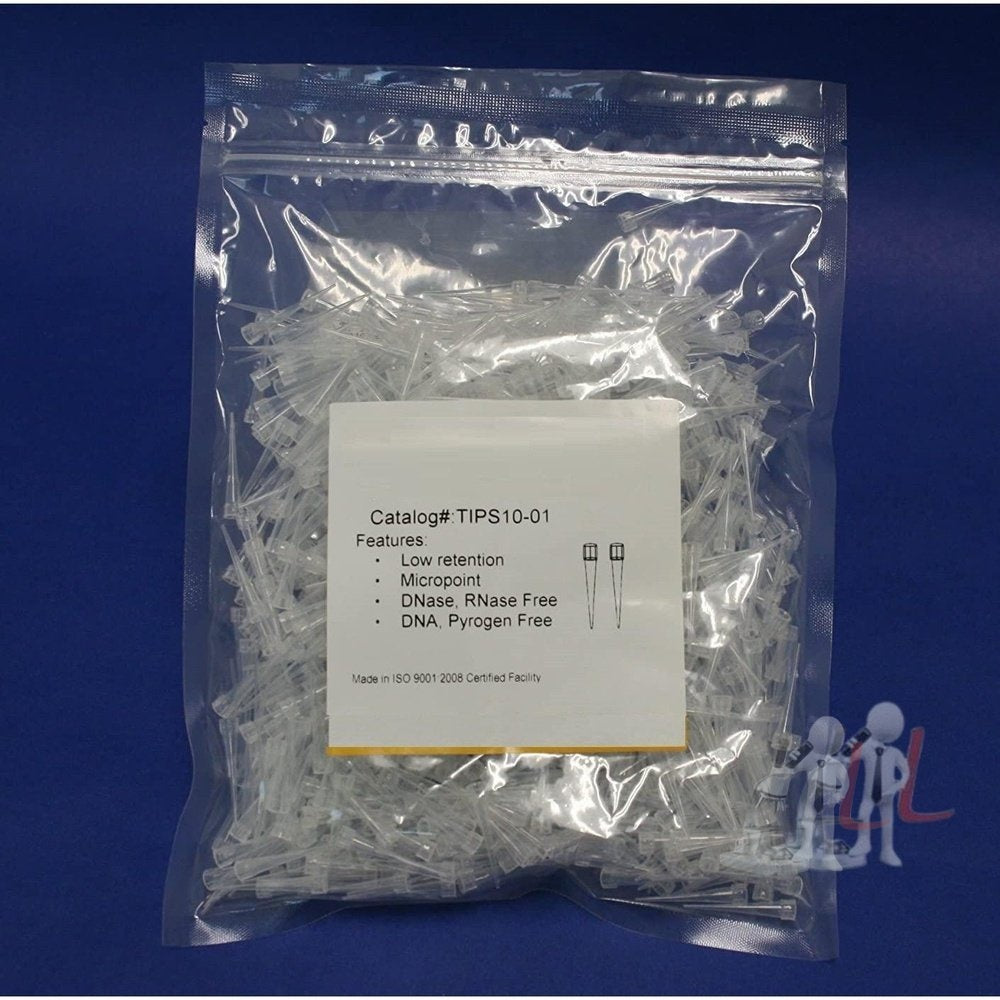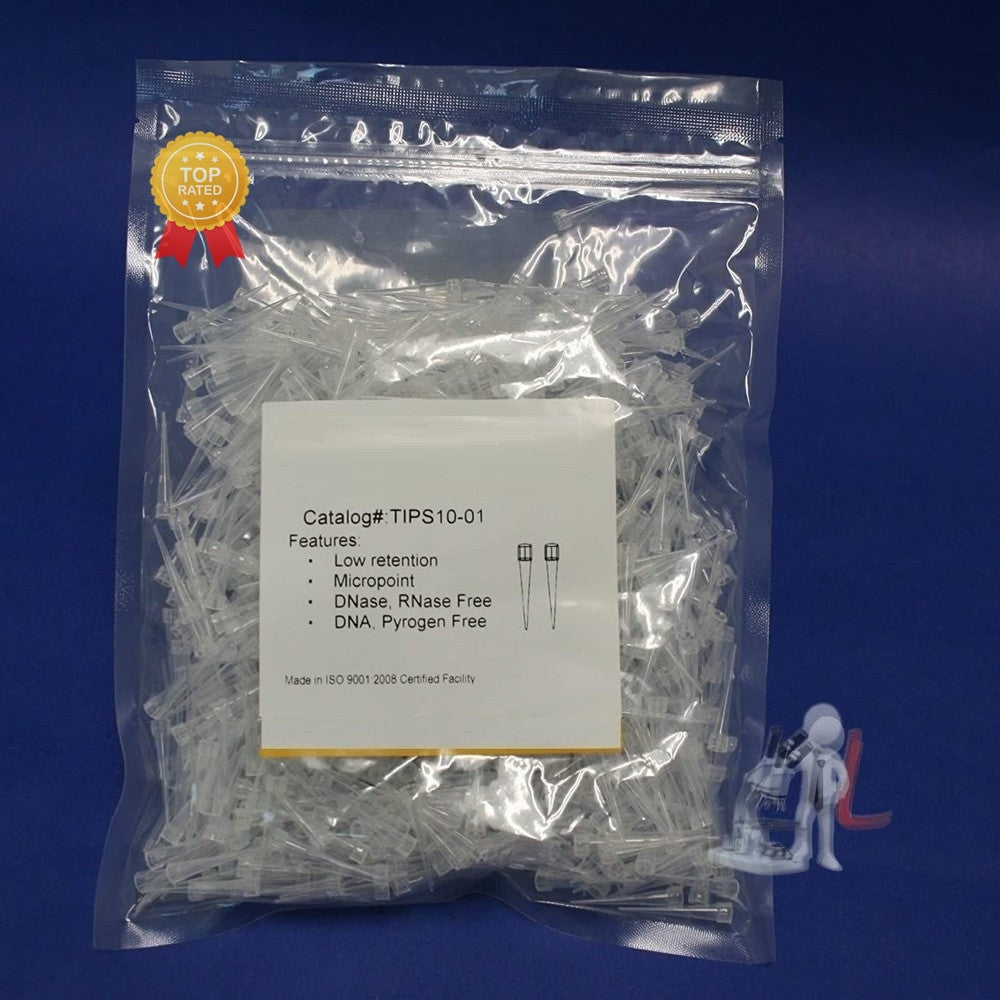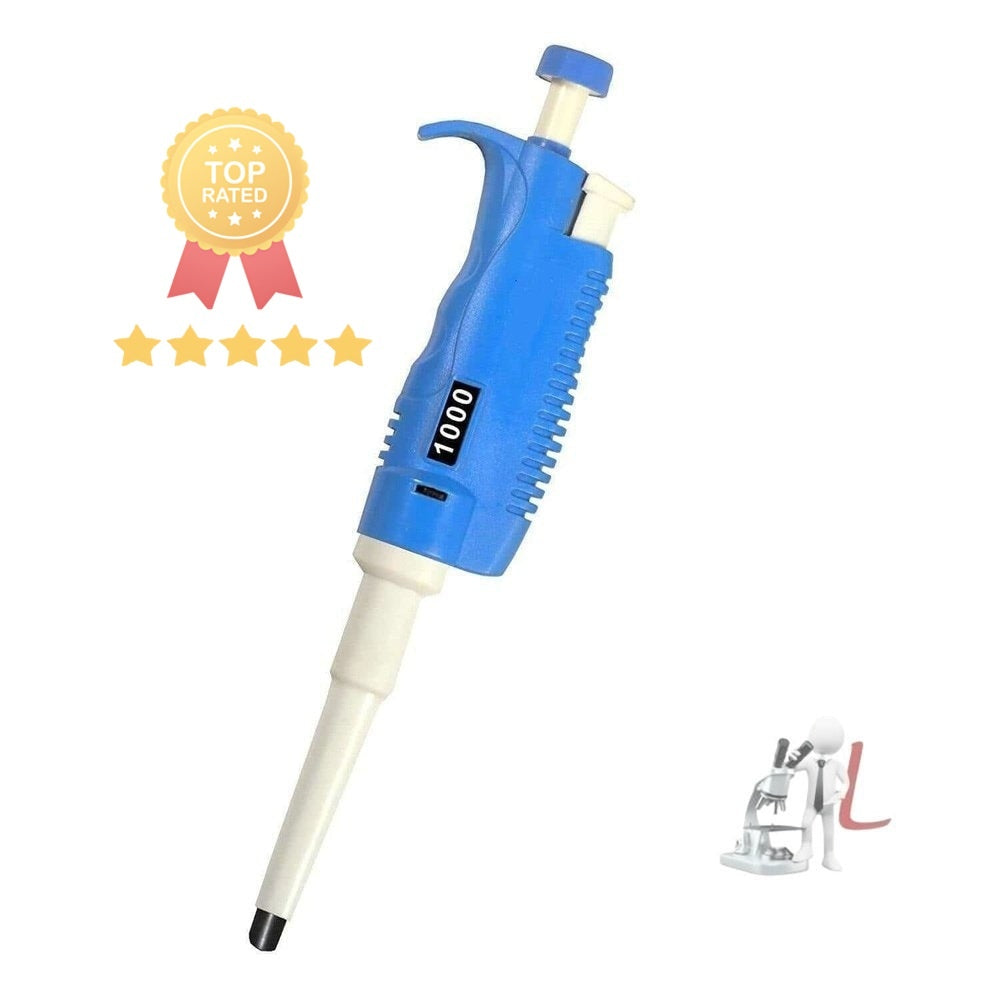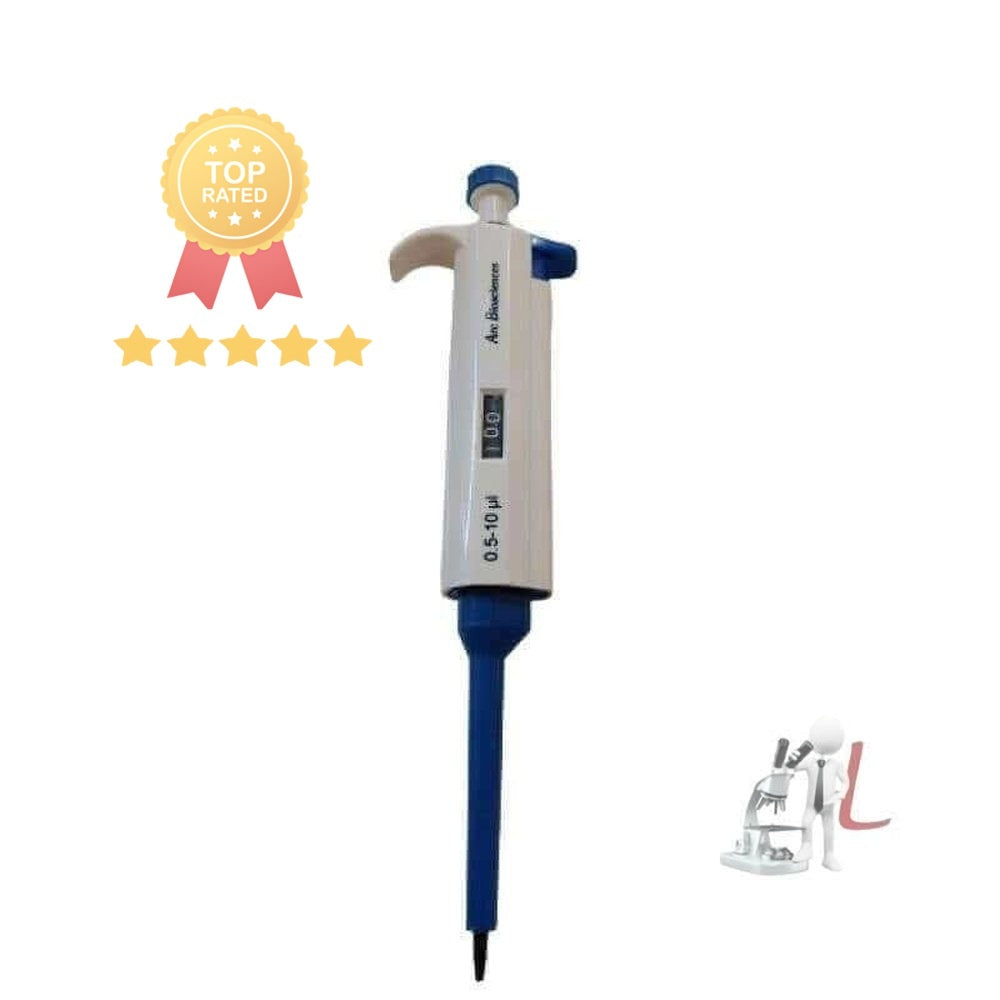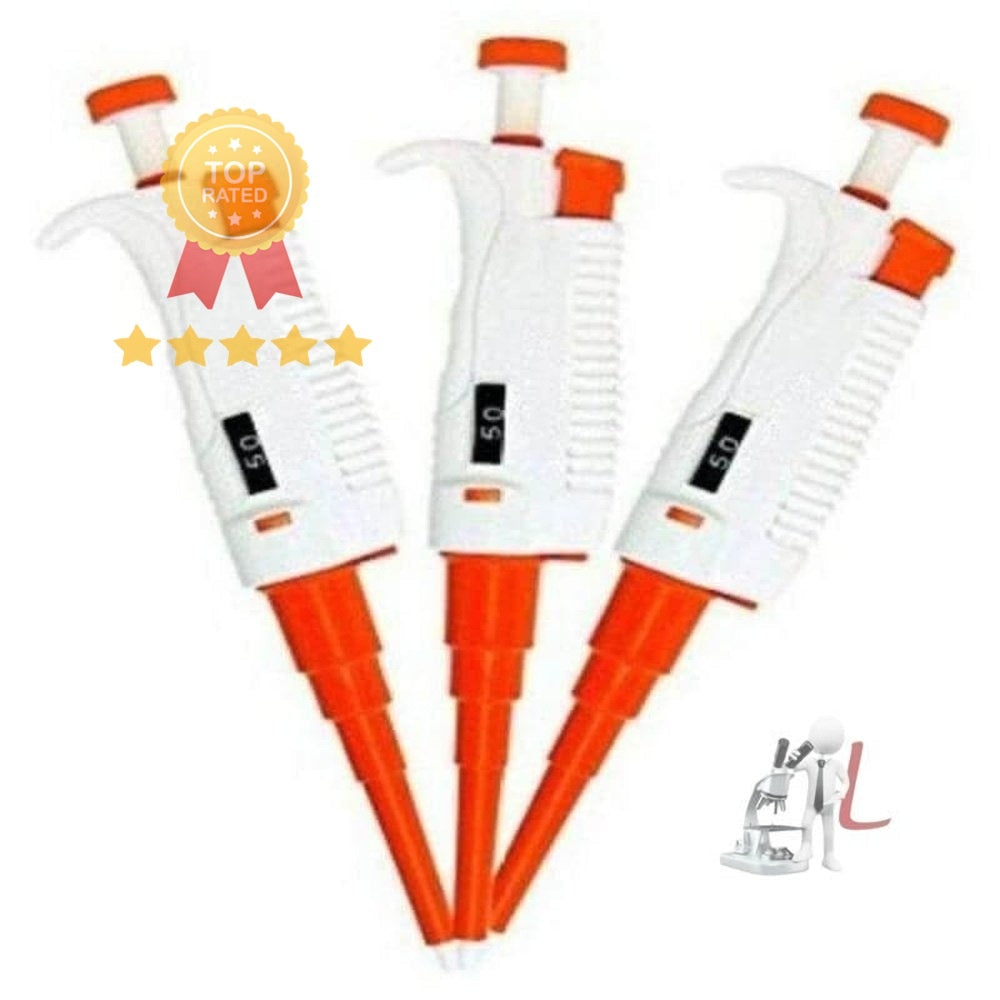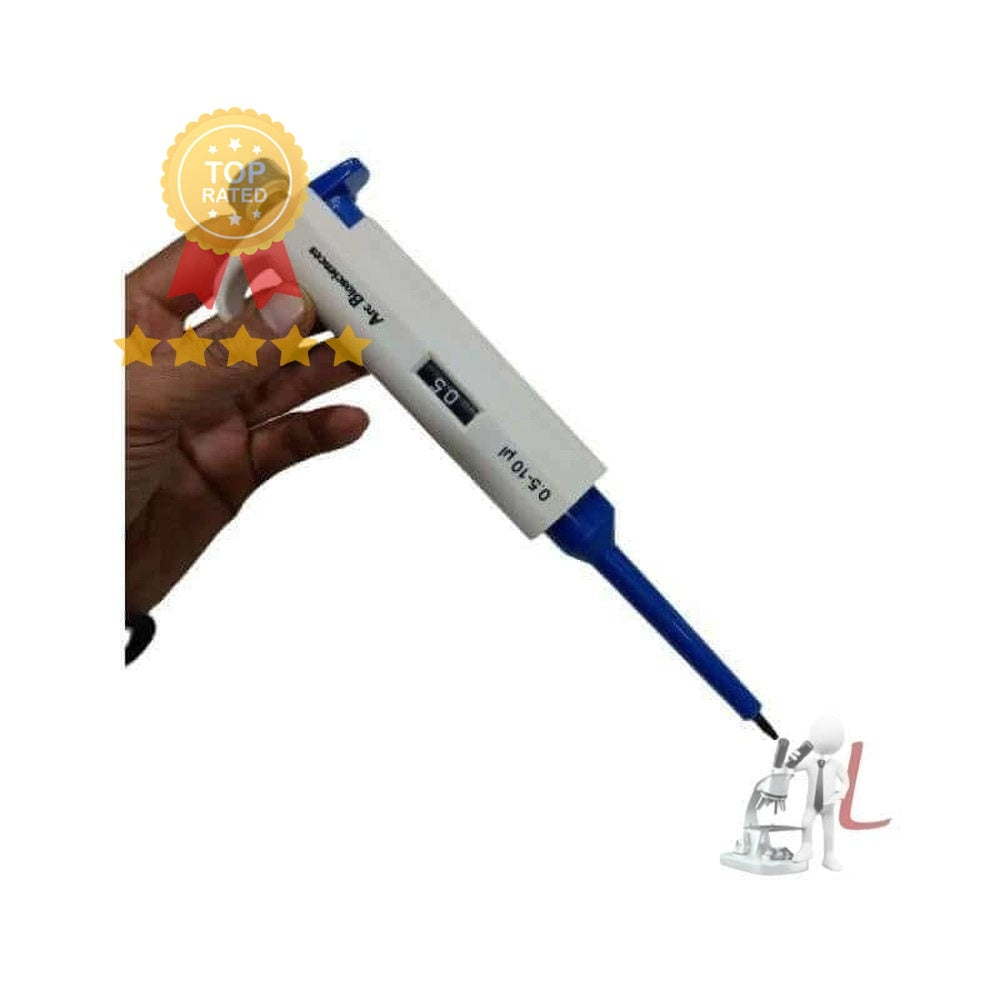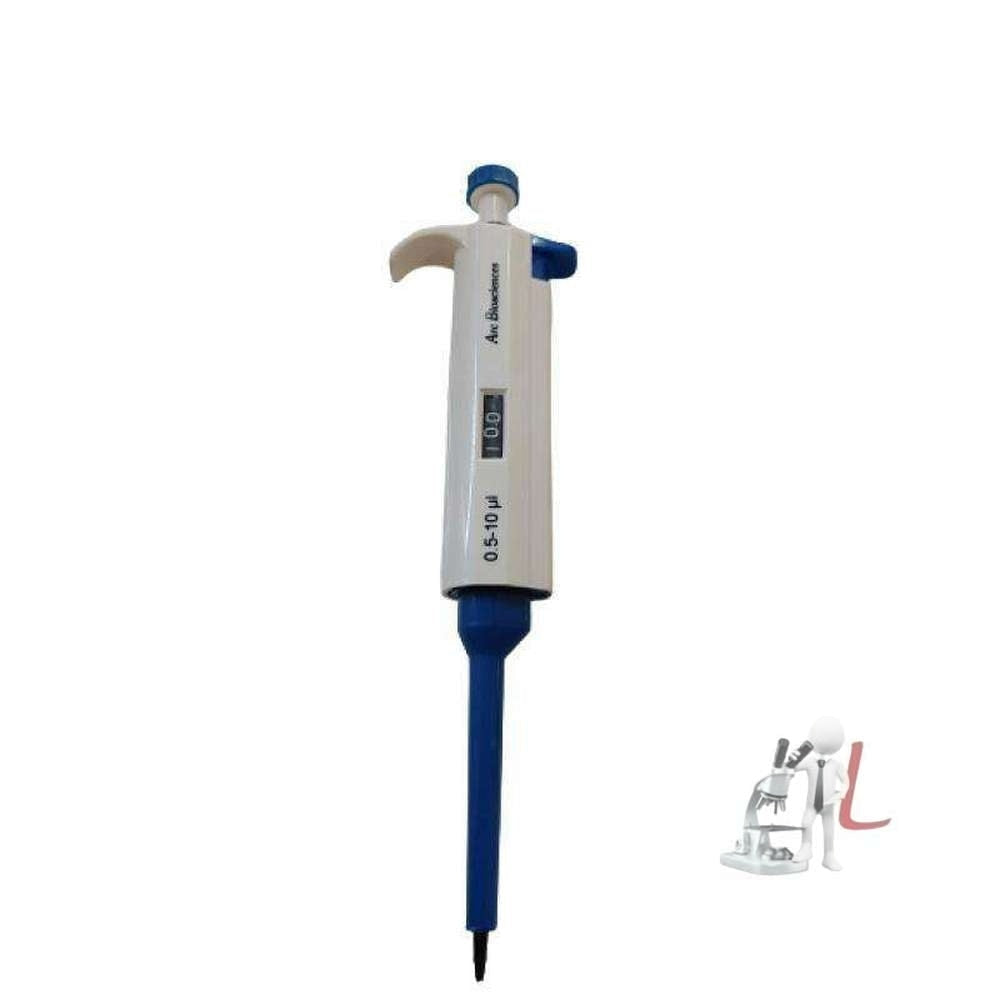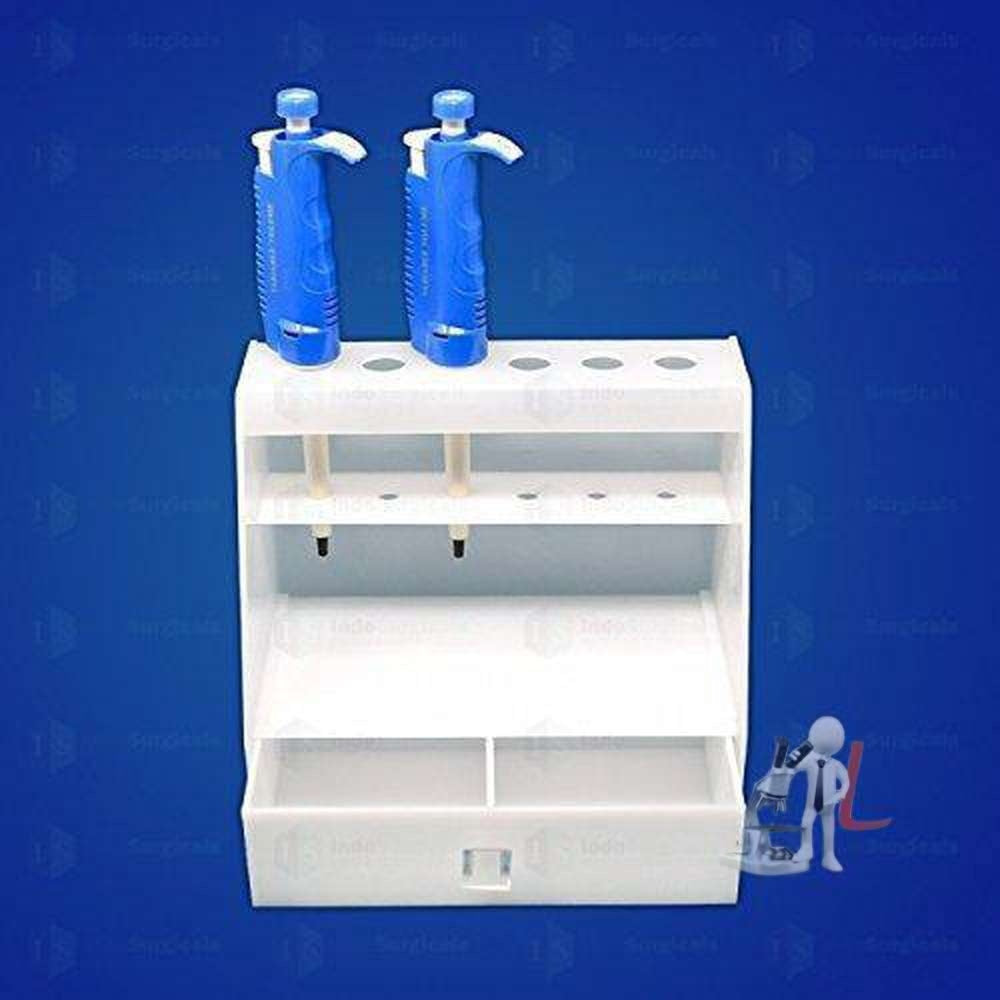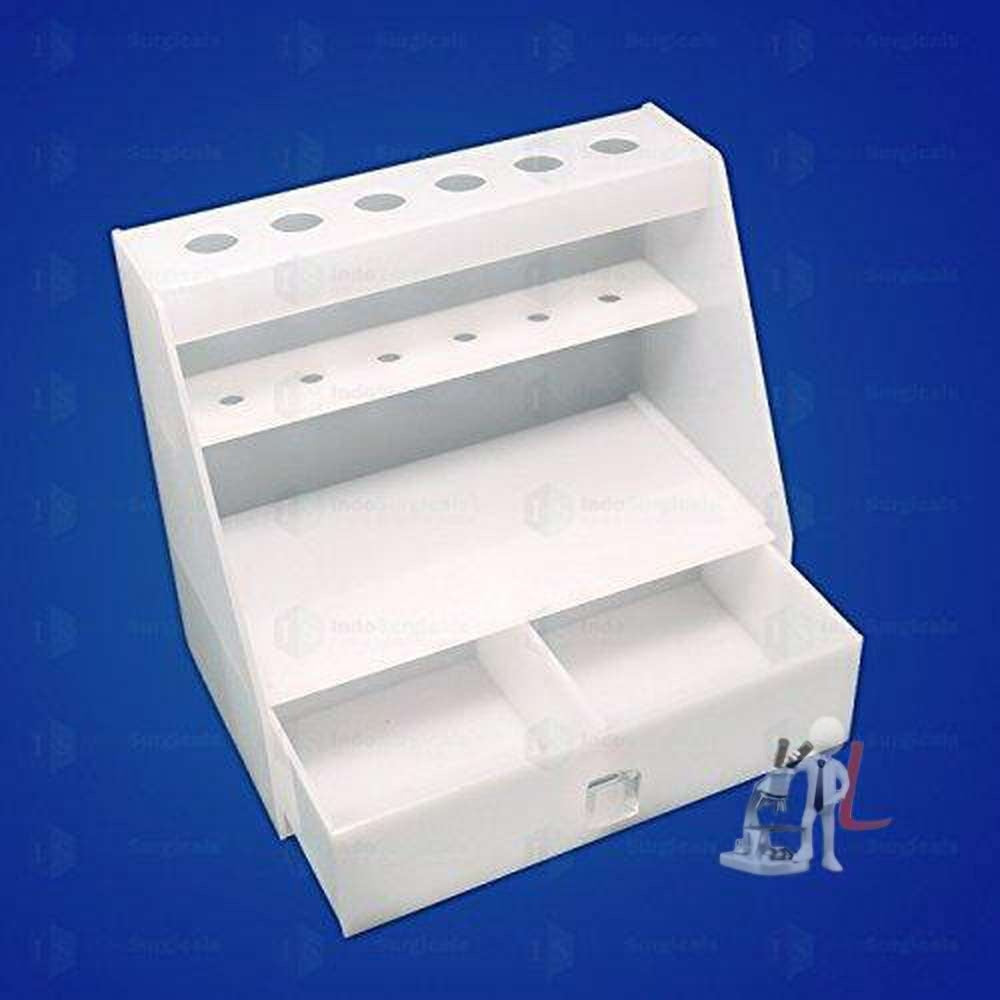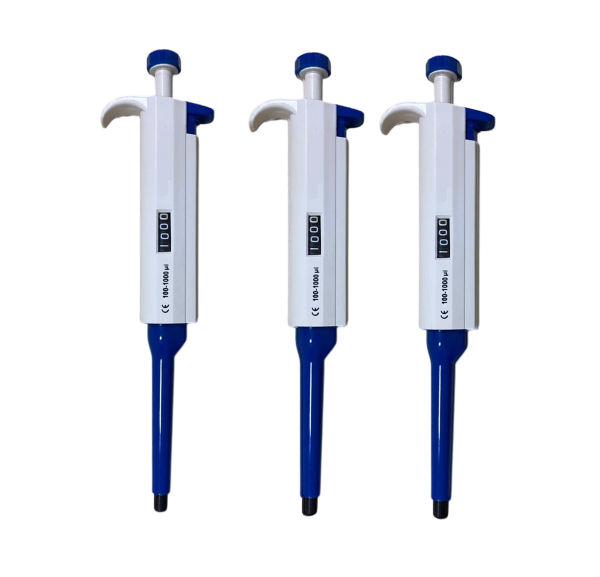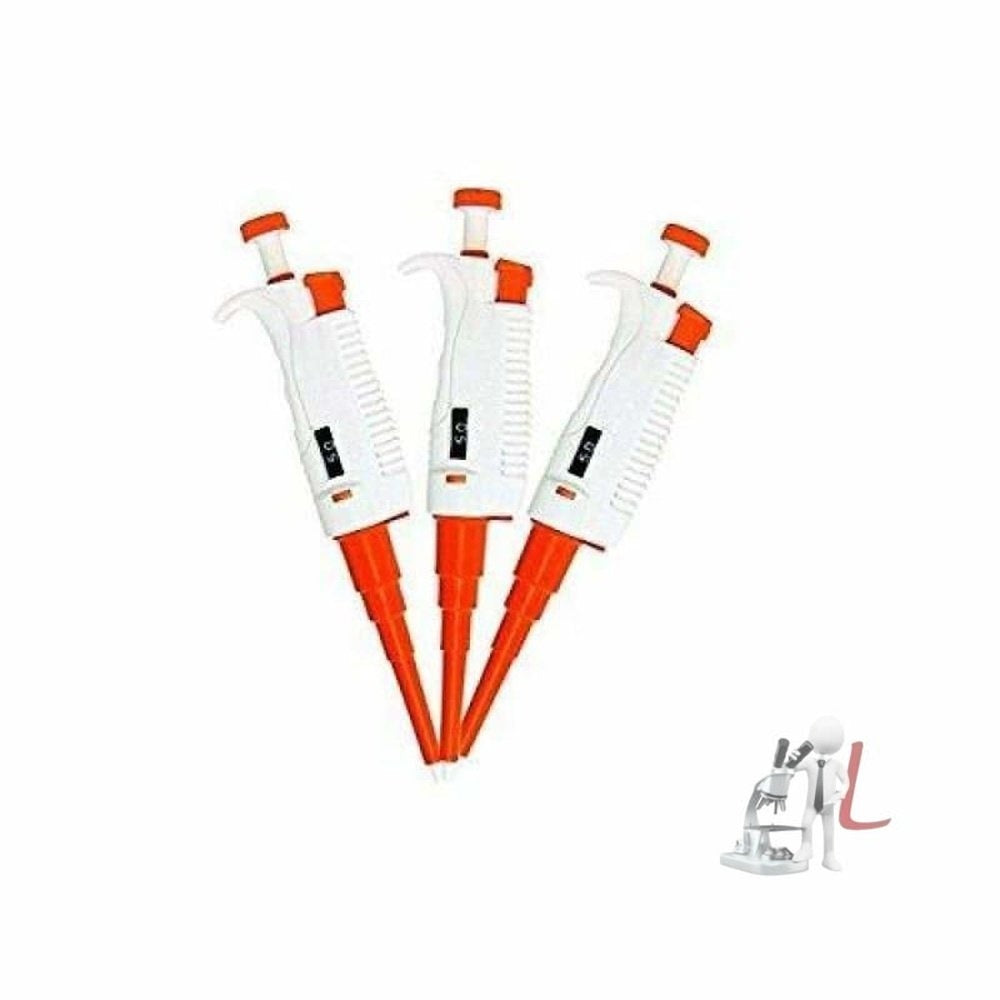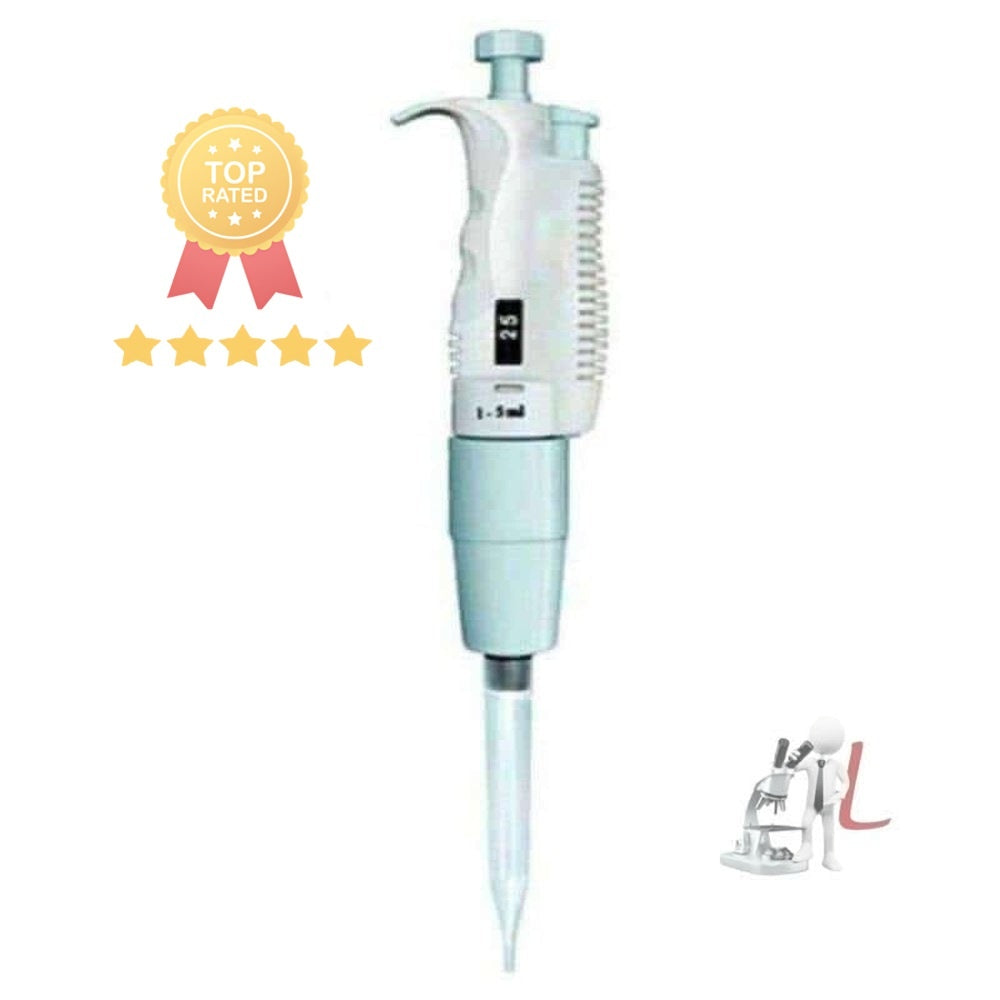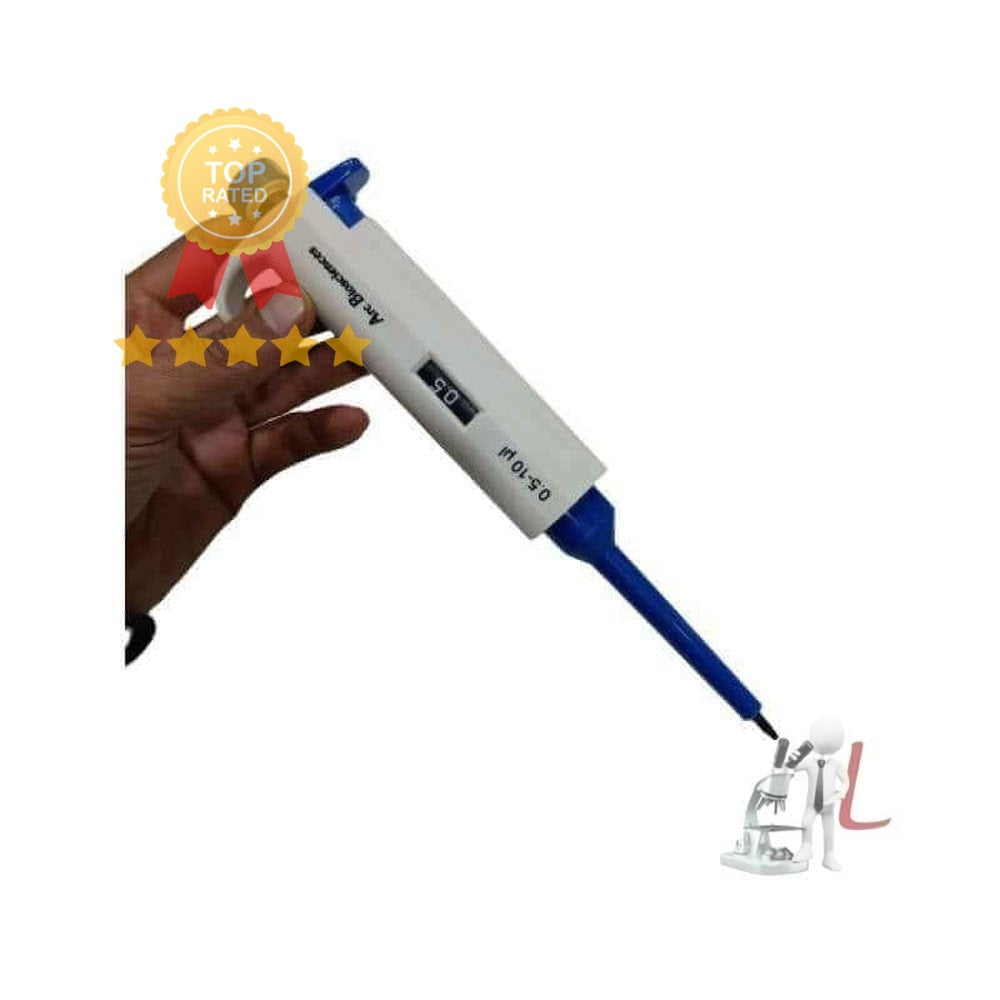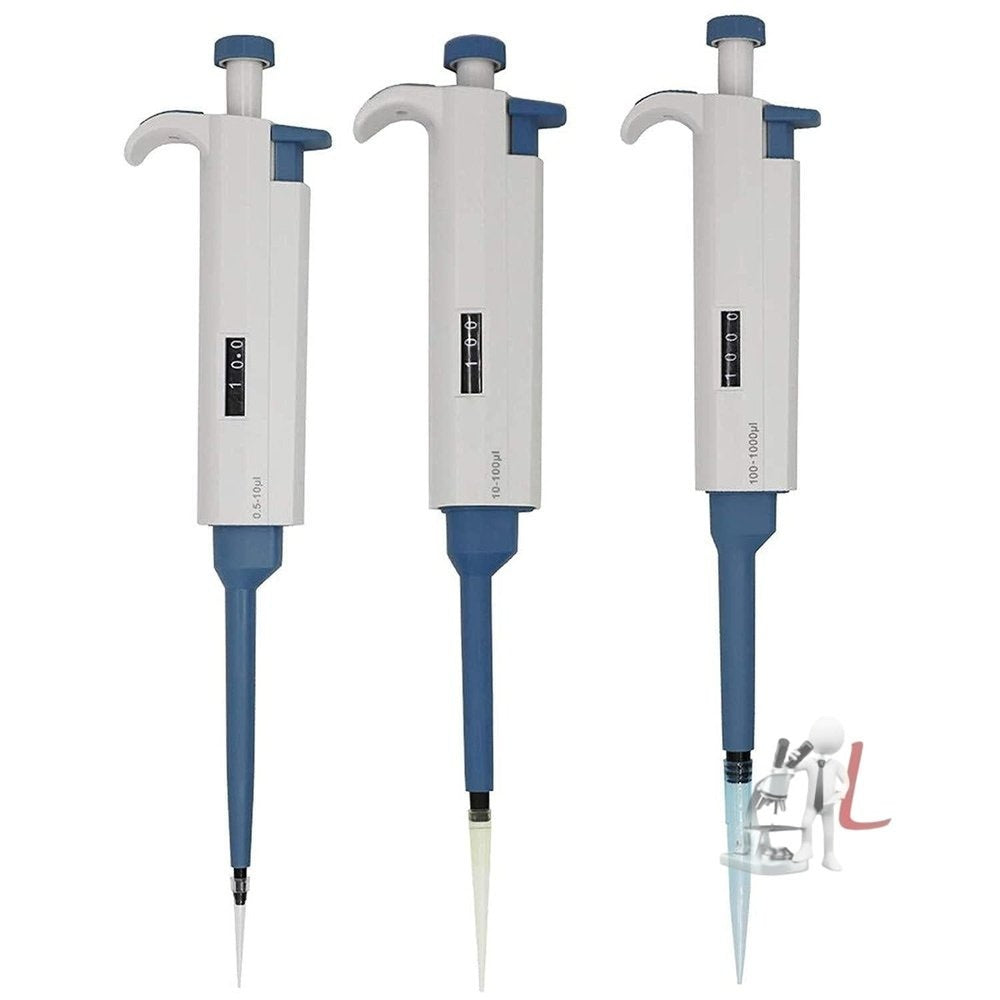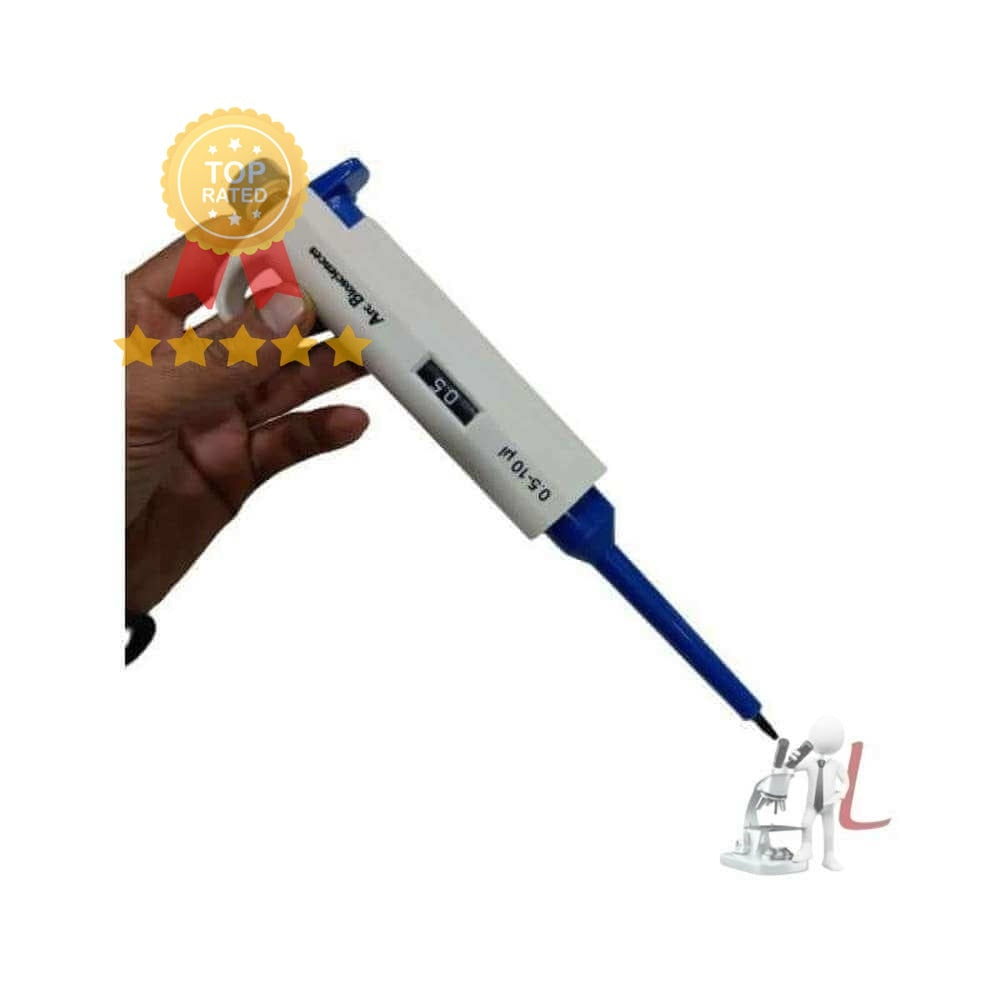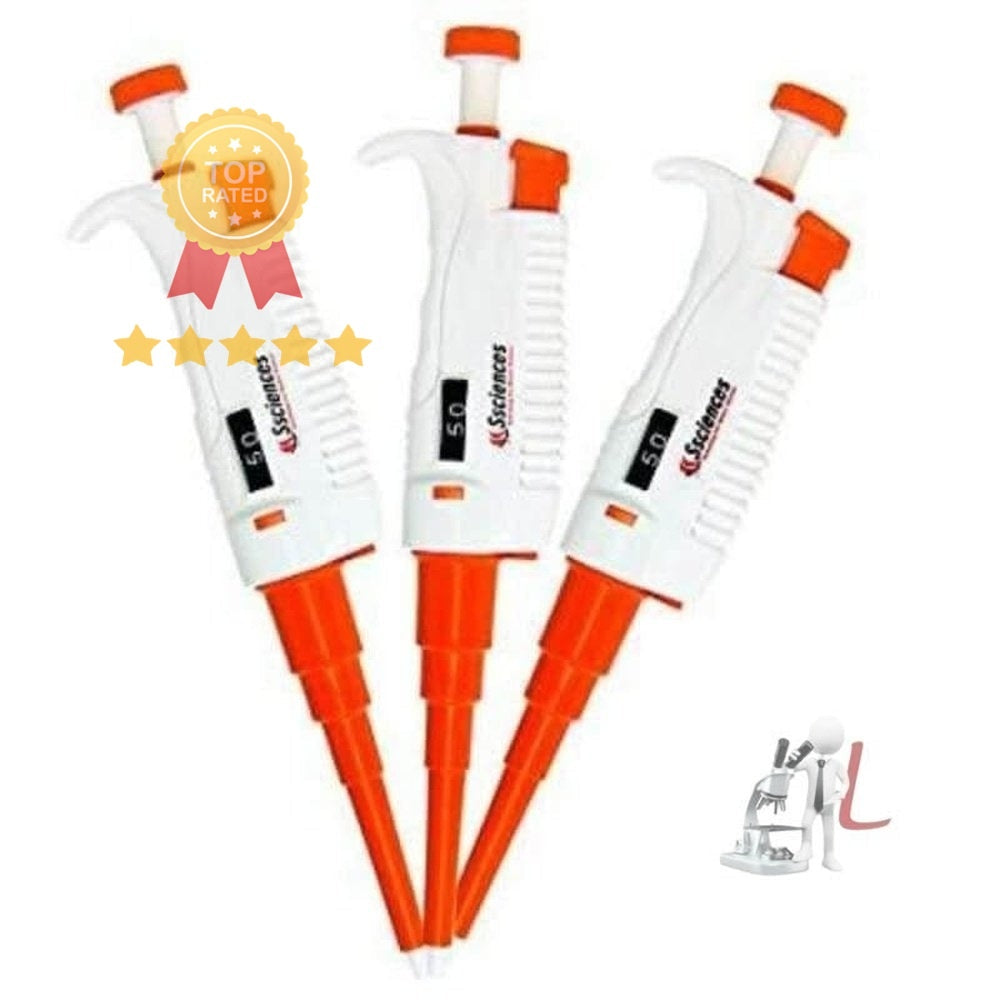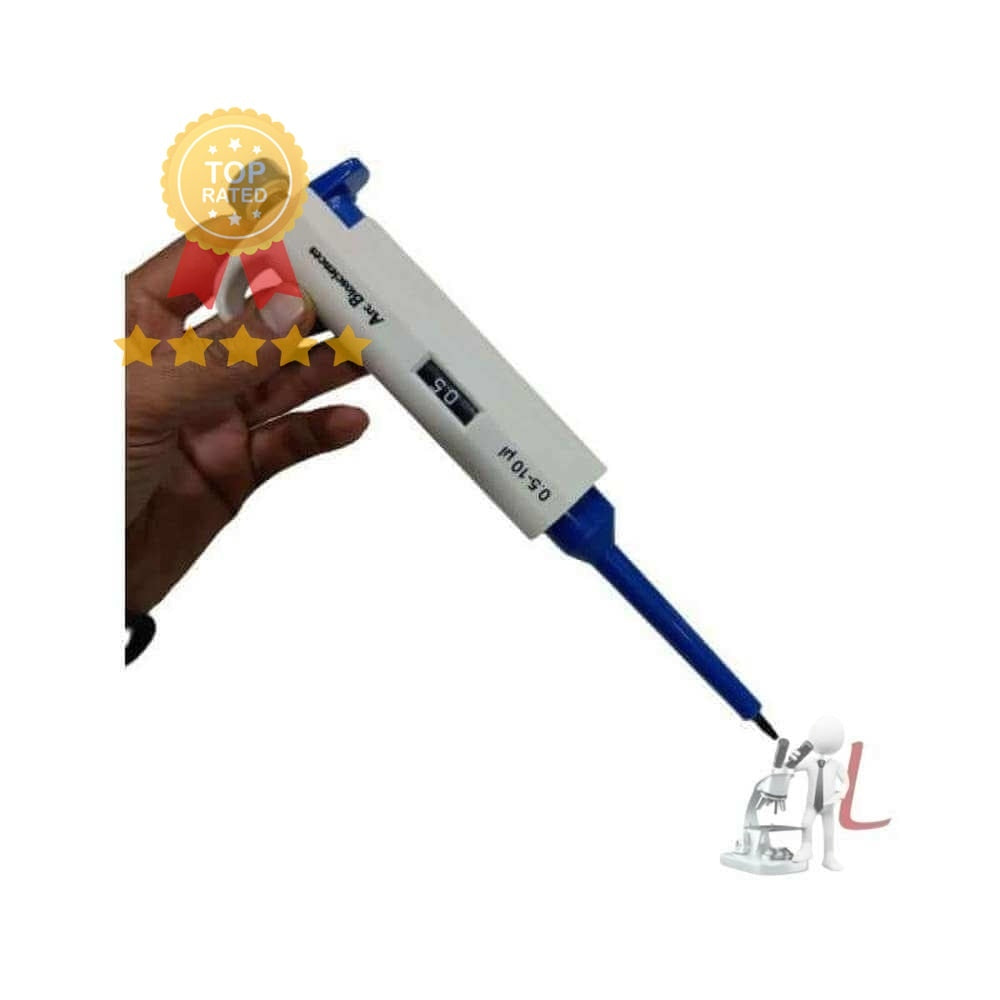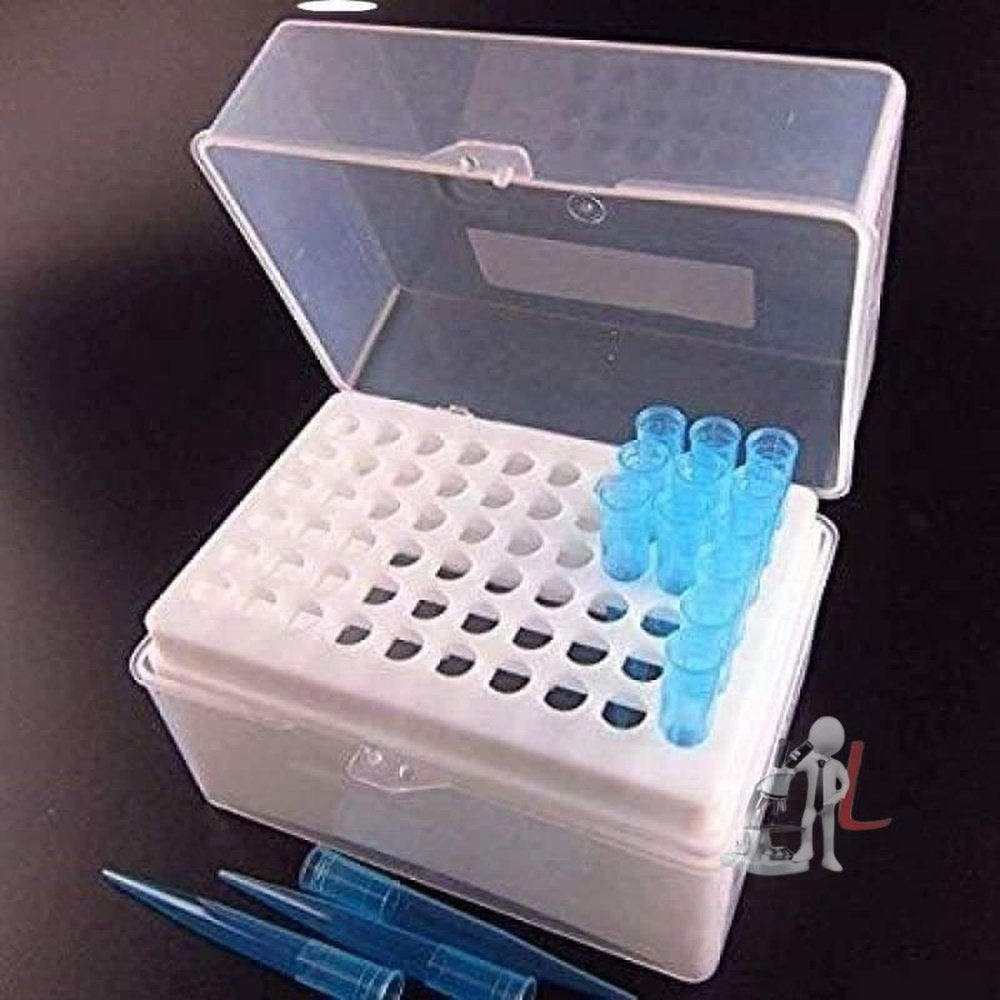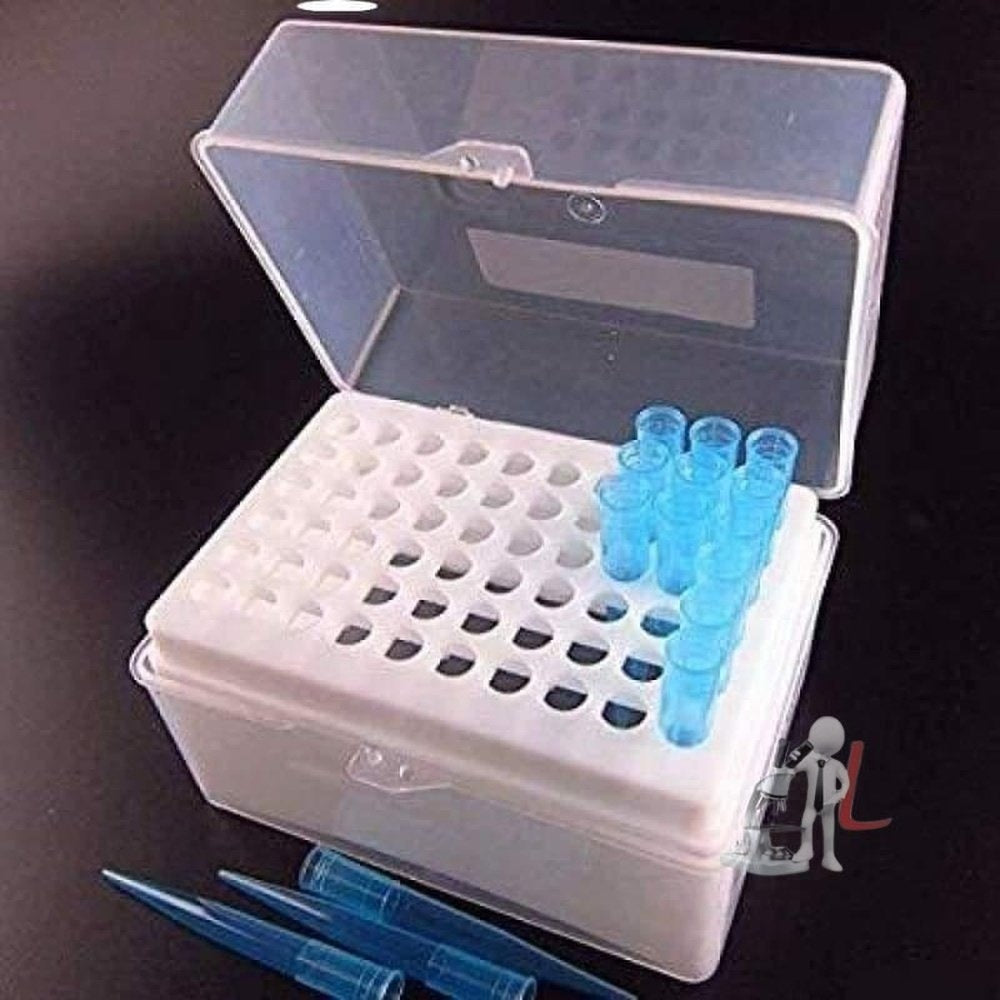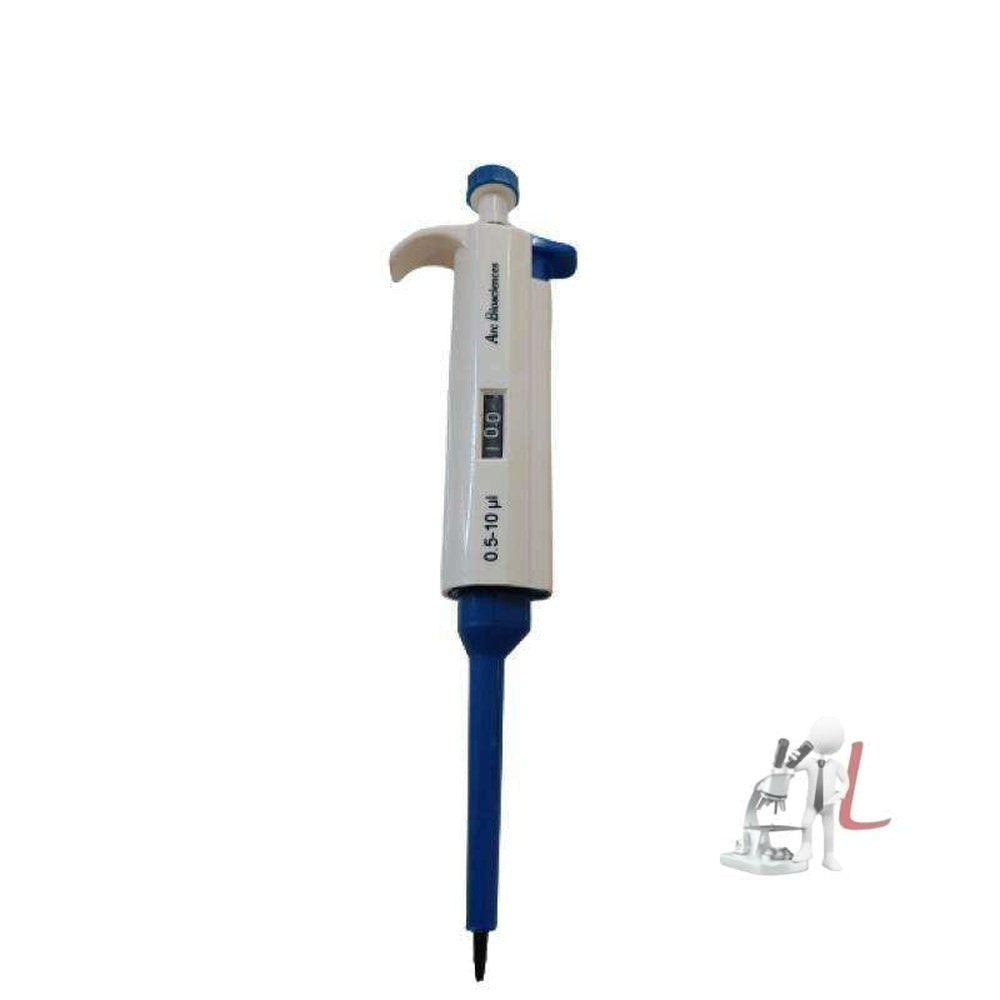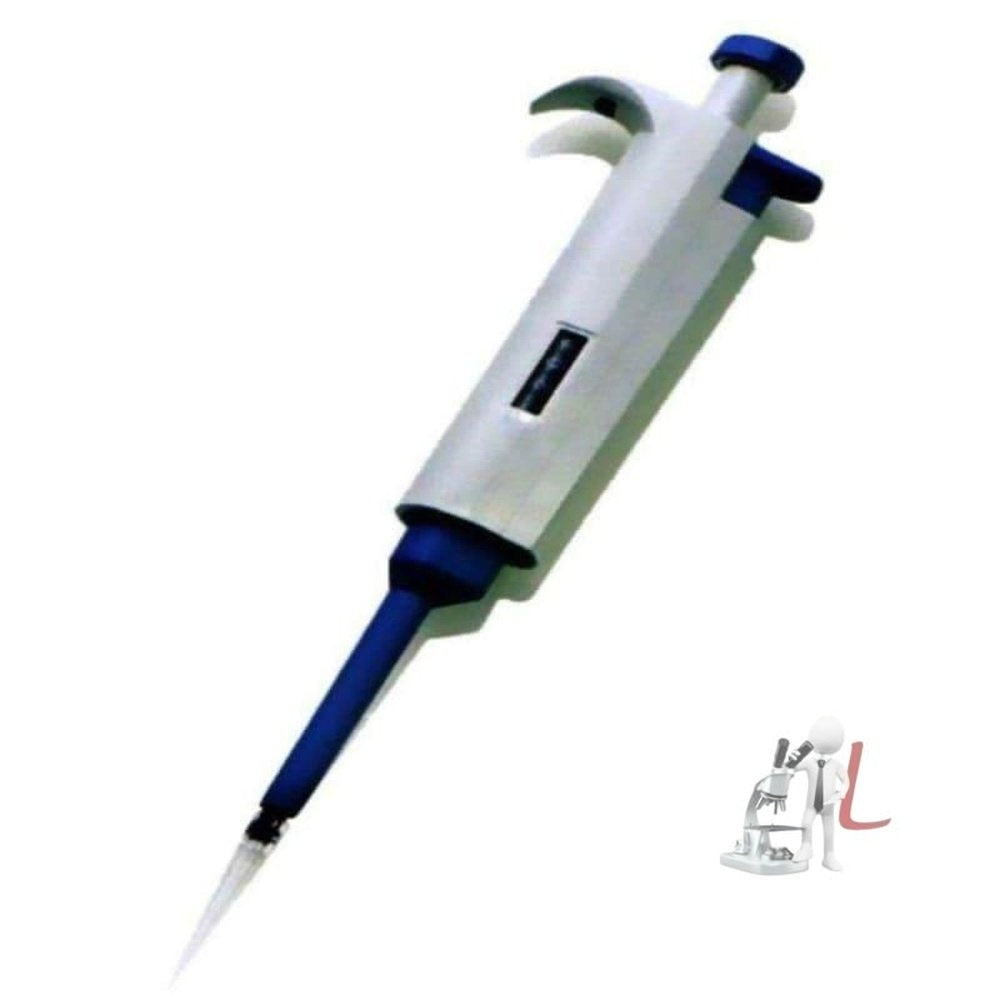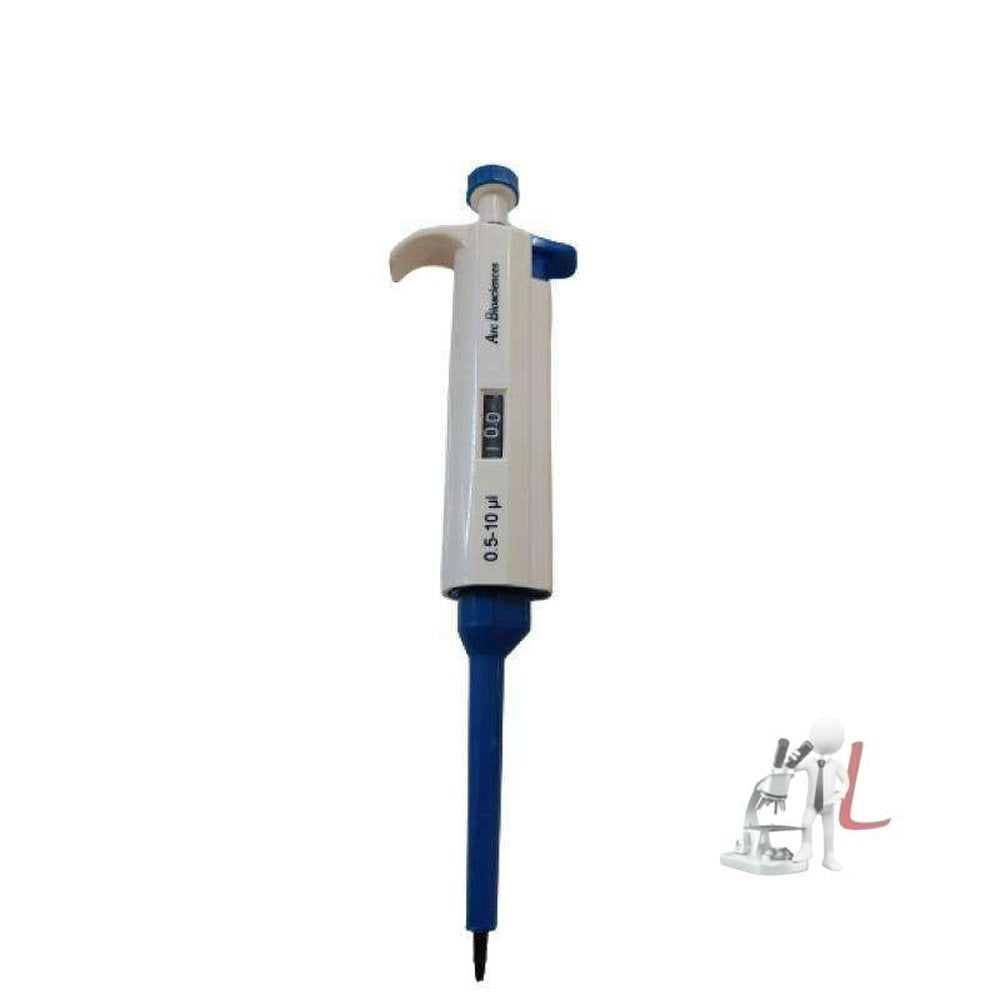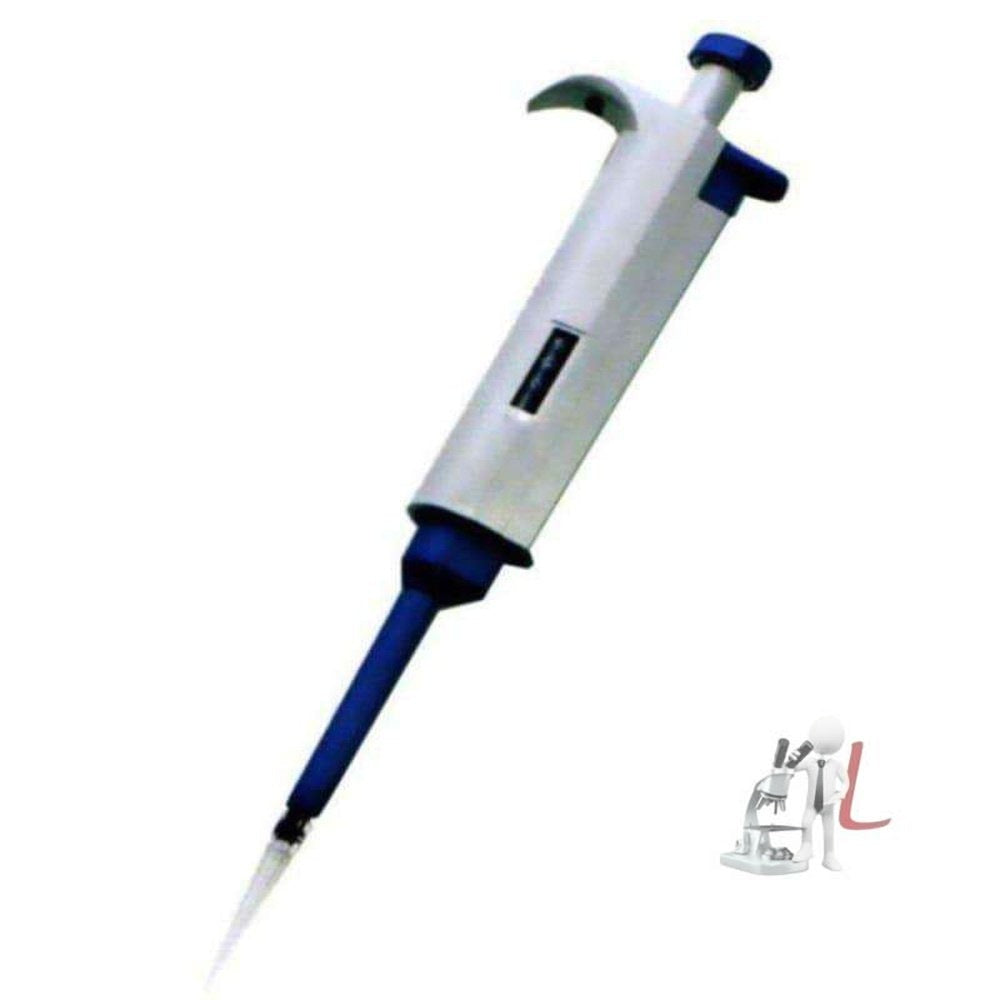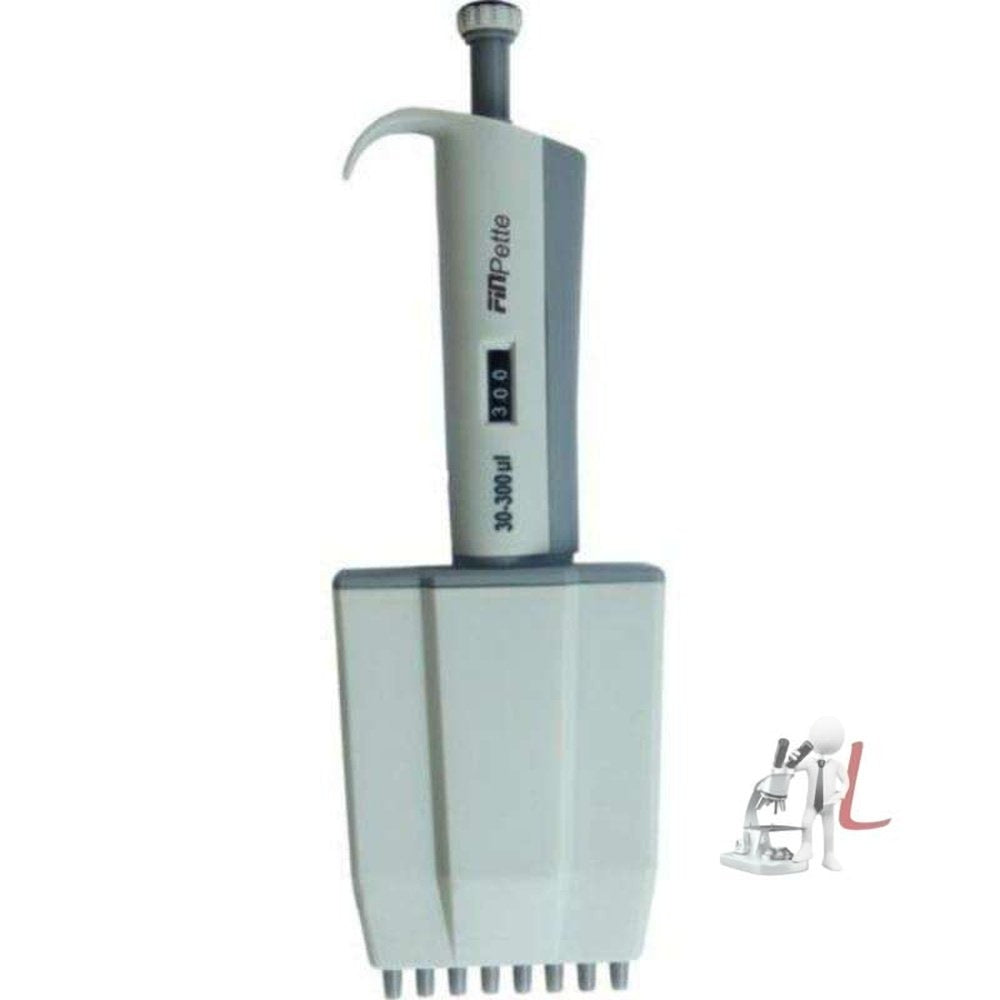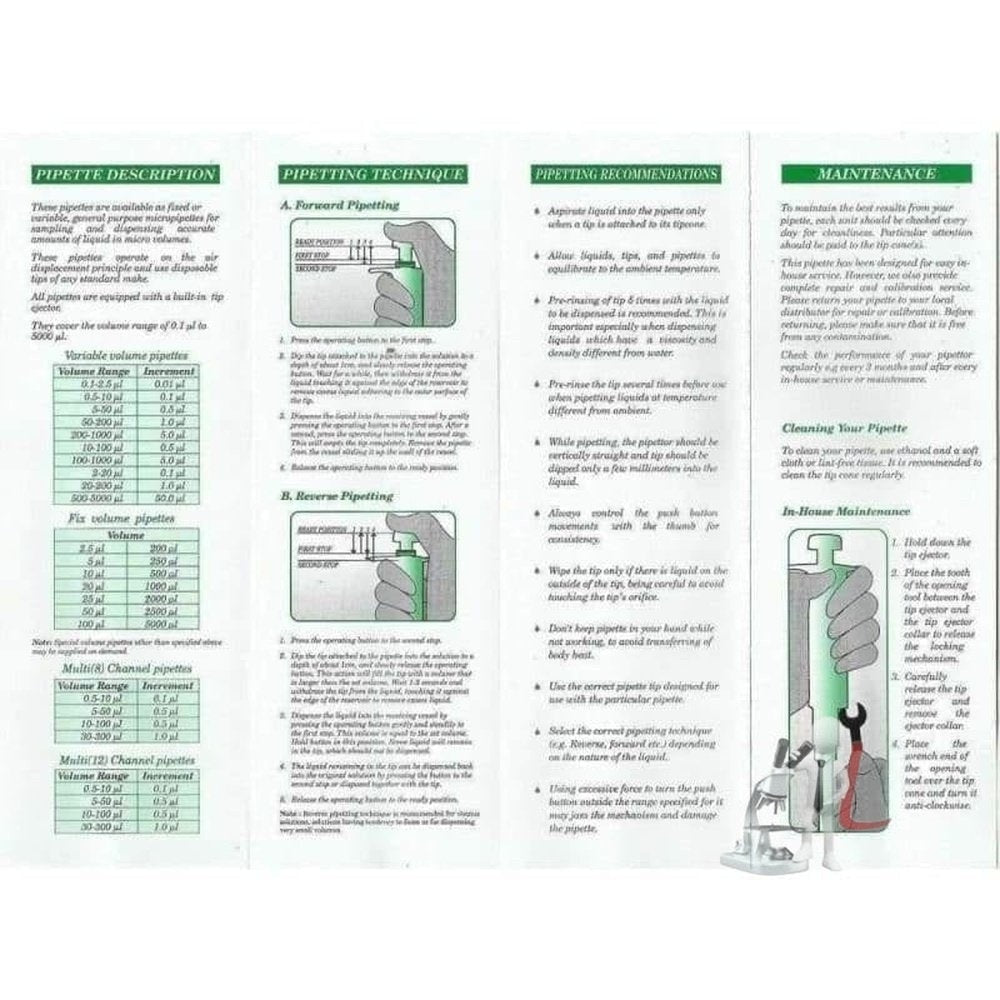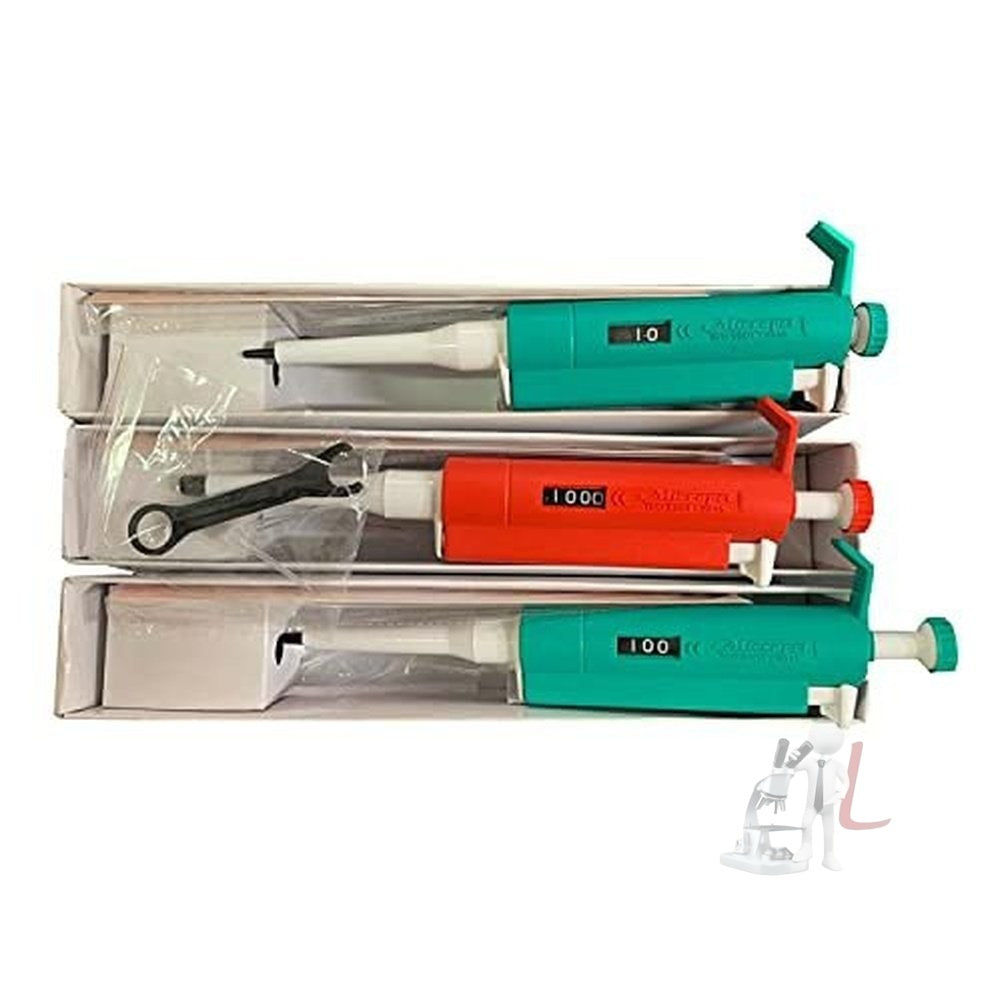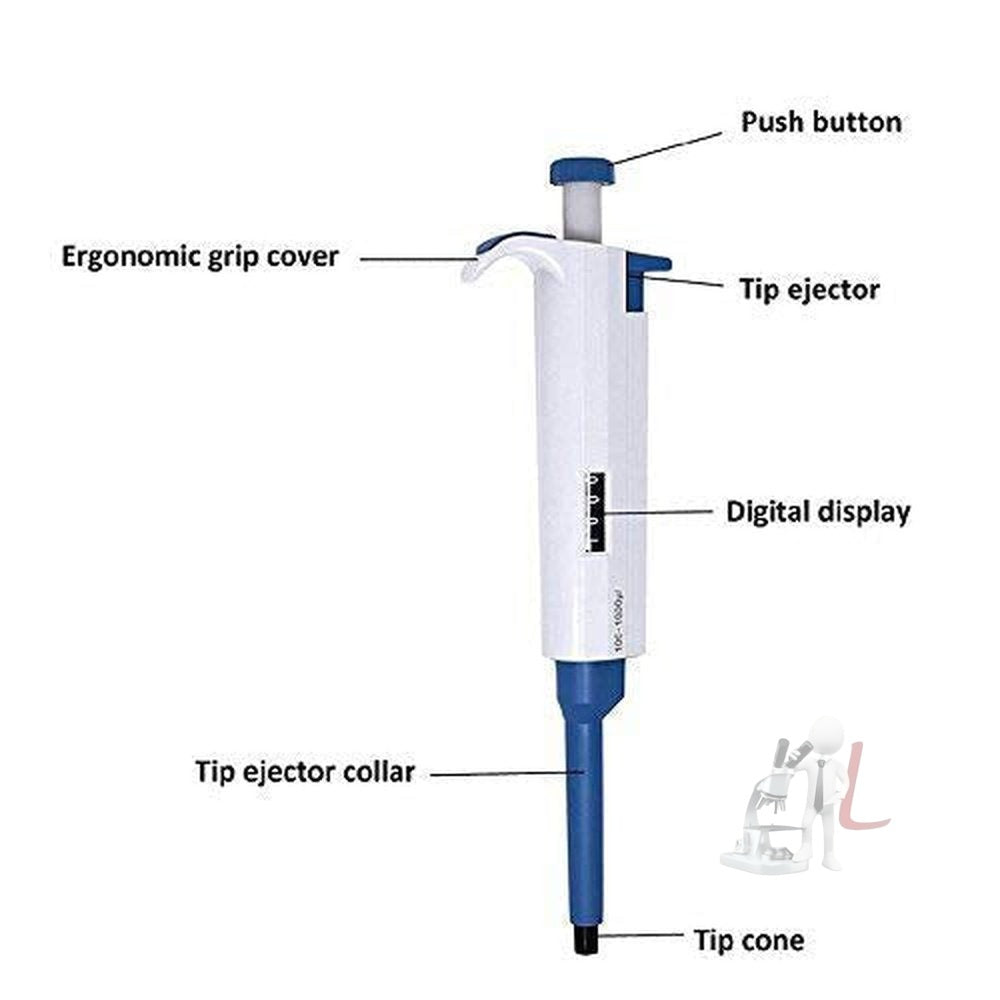Micropipettes for Lab Use
Micropipettes for Lab Use are essential tools in any research or laboratory setting. They provide precision and accuracy when measuring and dispensing small volumes of liquids, making them an indispensable resource for scientists, researchers, and technicians. The significance of micropipettes in lab work cannot be overstated, as they play a critical role in experiments where even the slightest variation in liquid measurements can lead to dramatically different results.
These instruments typically come in various models, each designed for specific applications and volume ranges. From single-channel micropipettes that allow for individual liquid transfers to multi-channel options available for high-throughput applications, the diversity in micropipettes ensures that lab professionals can choose the best tool for their needs.
The typical range for micropipettes generally falls from 0.1 µL to 10 mL, with the most common models covering volumes from 1 µL to 1 mL. This allows for great flexibility in numerous research fields, including molecular biology, biochemistry, and chemistry. Researchers often rely on these precision instruments to carry out tasks such as DNA and RNA extraction, PCR preparation, and other liquid handling protocols that demand meticulous volume control.
One of the critical aspects of choosing the right micropipette is understanding the accuracy and precision specifications. Accuracy refers to how close a measured value is to the actual or true value, while precision indicates the reproducibility of measurements under unchanged conditions. High-quality micropipettes are engineered to provide both exceptional accuracy and precision to ensure reliable experimental results and consistency in liquid handling.
Calibration is another important consideration. Micropipettes require regular calibration to maintain their accuracy over time. Poorly calibrated pipettes can introduce errors into experiments, potentially leading to failed results or duplications that waste time and resources. Many modern micropipettes come with self-calibration features or require less frequent manual calibration, thus improving reliability.
Moreover, comfort is a significant factor when selecting micropipettes for lab use. Many models are ergonomically designed to minimize strain during prolonged use, which is crucial for scientists who work long hours in the lab. Features such as light weight, contoured handles, and adjustable volume settings can greatly enhance the user experience, making micropipettes easy to use without exhausting the operator.
Furthermore, micropipettes are often grouped into single-channel and multi-channel devices. Single-channel micropipettes are perfect for routine tasks and when handling one sample at a time. In contrast, multi-channel micropipettes allow users to transfer multiple samples simultaneously, significantly improving efficiency, especially in applications such as plate-based assays and high-throughput screening.
In addition, the materials used in making micropipettes influence their durability and performance. Most micropipettes are constructed from high-quality plastics or metals to ensure robustness against frequent use and various chemical environments. Chemical resistance is crucial, particularly in labs that work with aggressive solvents or corrosive substances.
When working with micropipettes, lab users must also consider the tip selection. The choice of pipette tips can impact the accuracy of the sampling. Options range from standard tips to filtered tips that prevent contamination and carryover. Factoring in tip compatibility with the micropipette model is essential for optimal operation.
Furthermore, the introduction of electronic micropipettes marks a technological evolution in this field. These gadgets feature digital displays for precise volume settings, often with programmable functions that help streamline repetitive tasks in laboratories. Electronic micropipettes can reduce user fatigue, ensuring that scientists maintain high levels of productivity during experiments.
In conclusion, the importance of micropipettes for lab use cannot be understated. They have become an integral part of laboratory workflows by providing precise, reliable liquid transfer solutions necessary for the success of various scientific studies. By understanding the different types, features, and maintenance of micropipettes, lab professionals can enhance their research capabilities and contribute valuable knowledge to their fields.
Filter
Sort by

